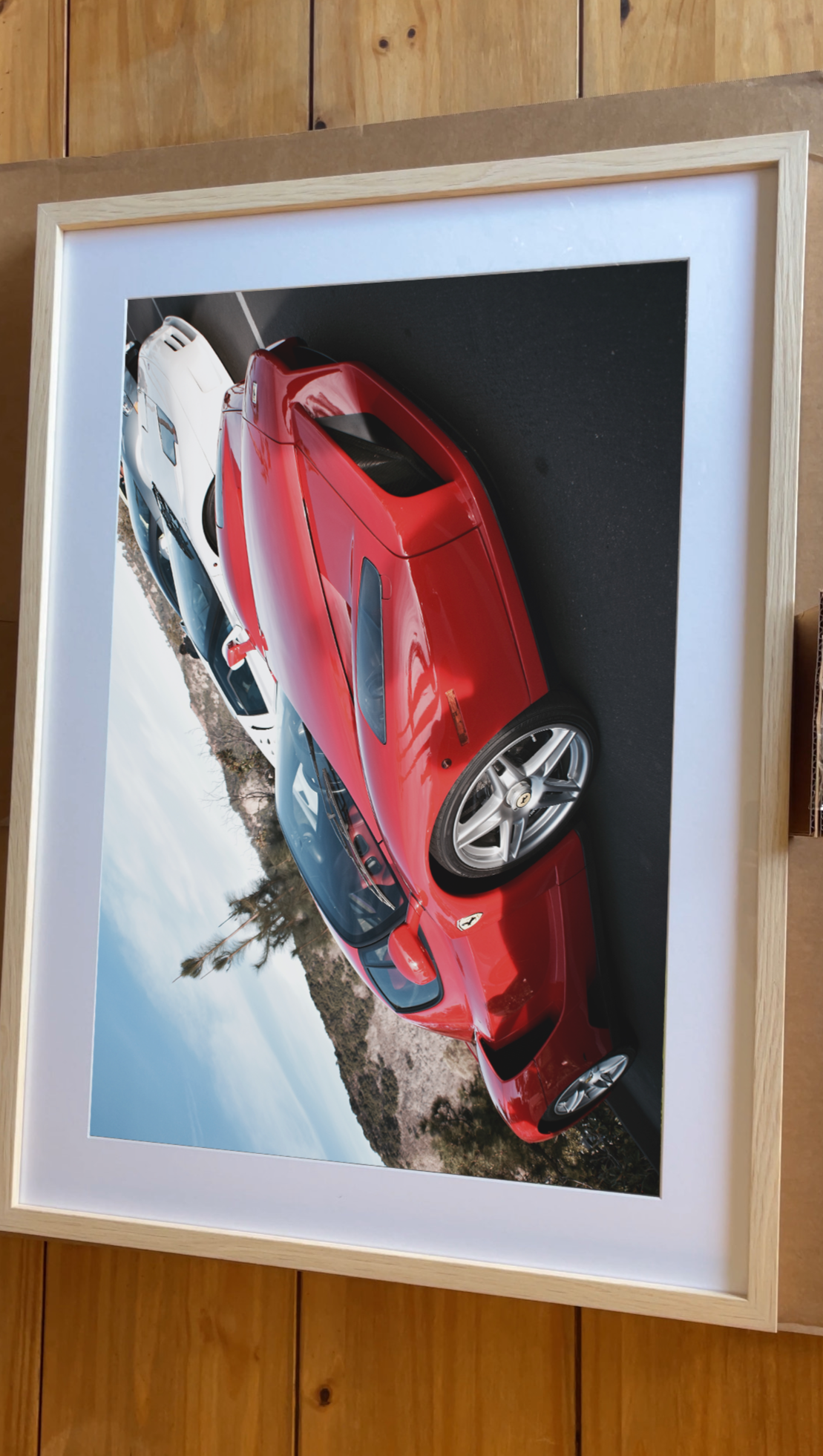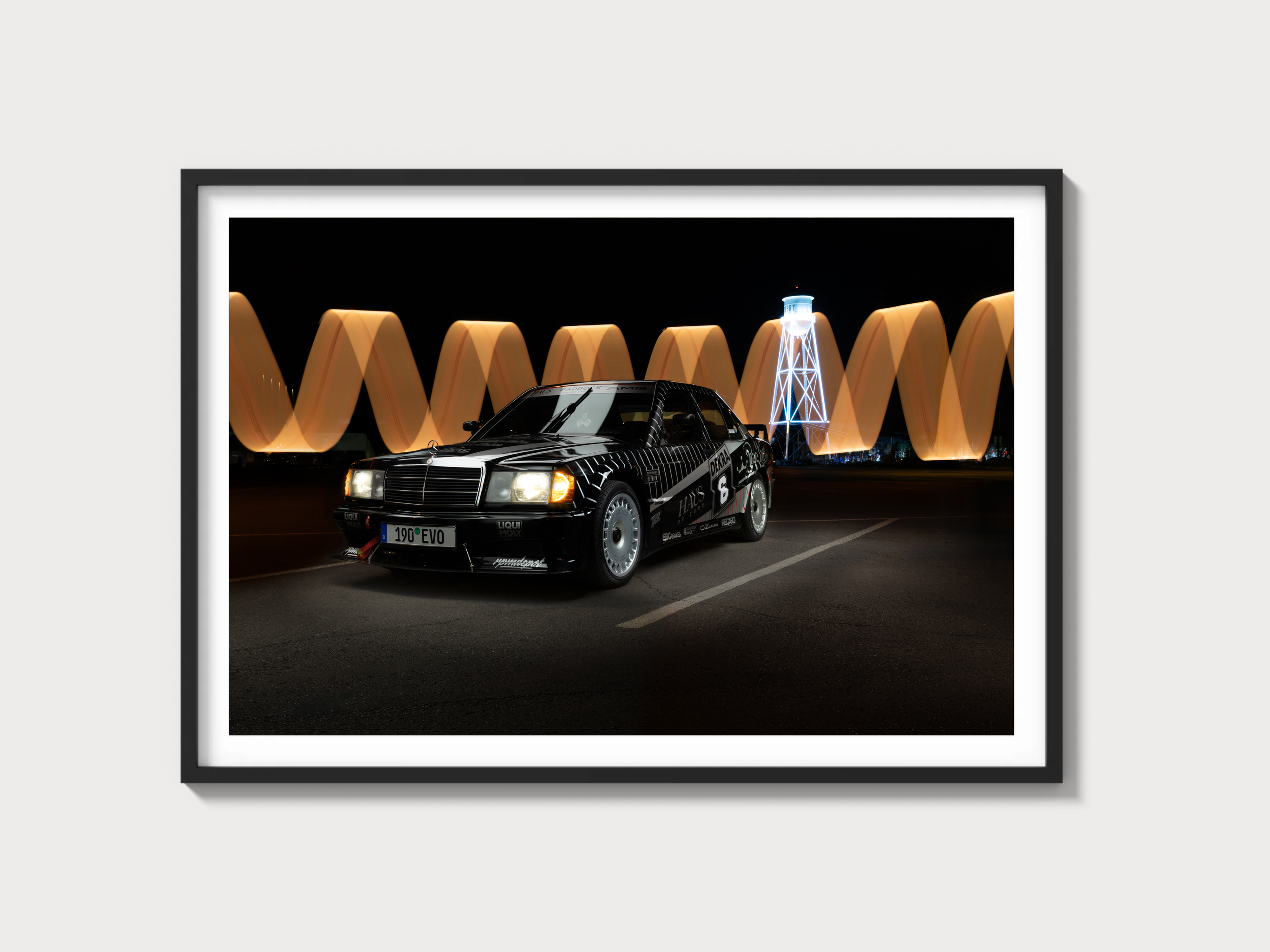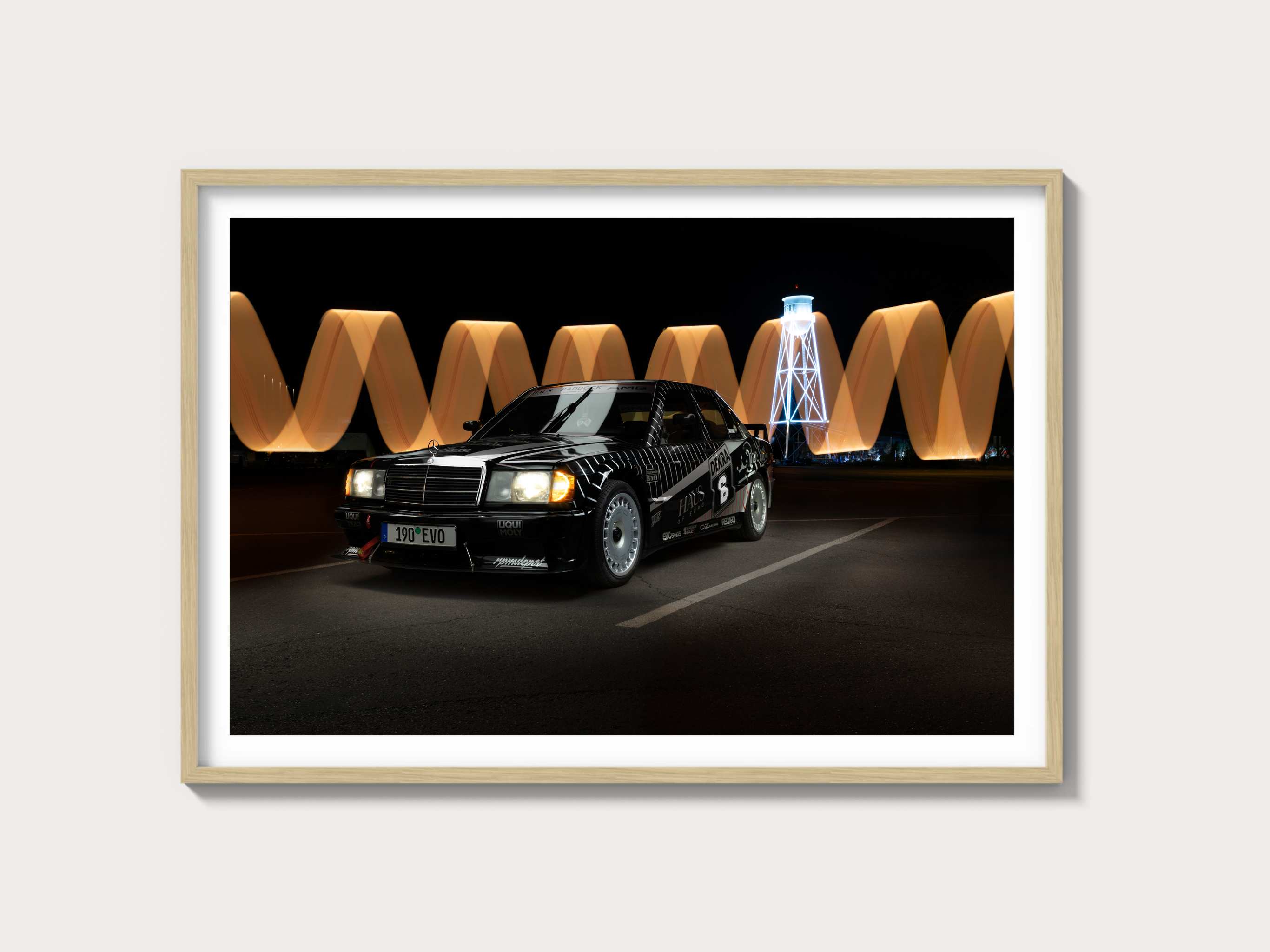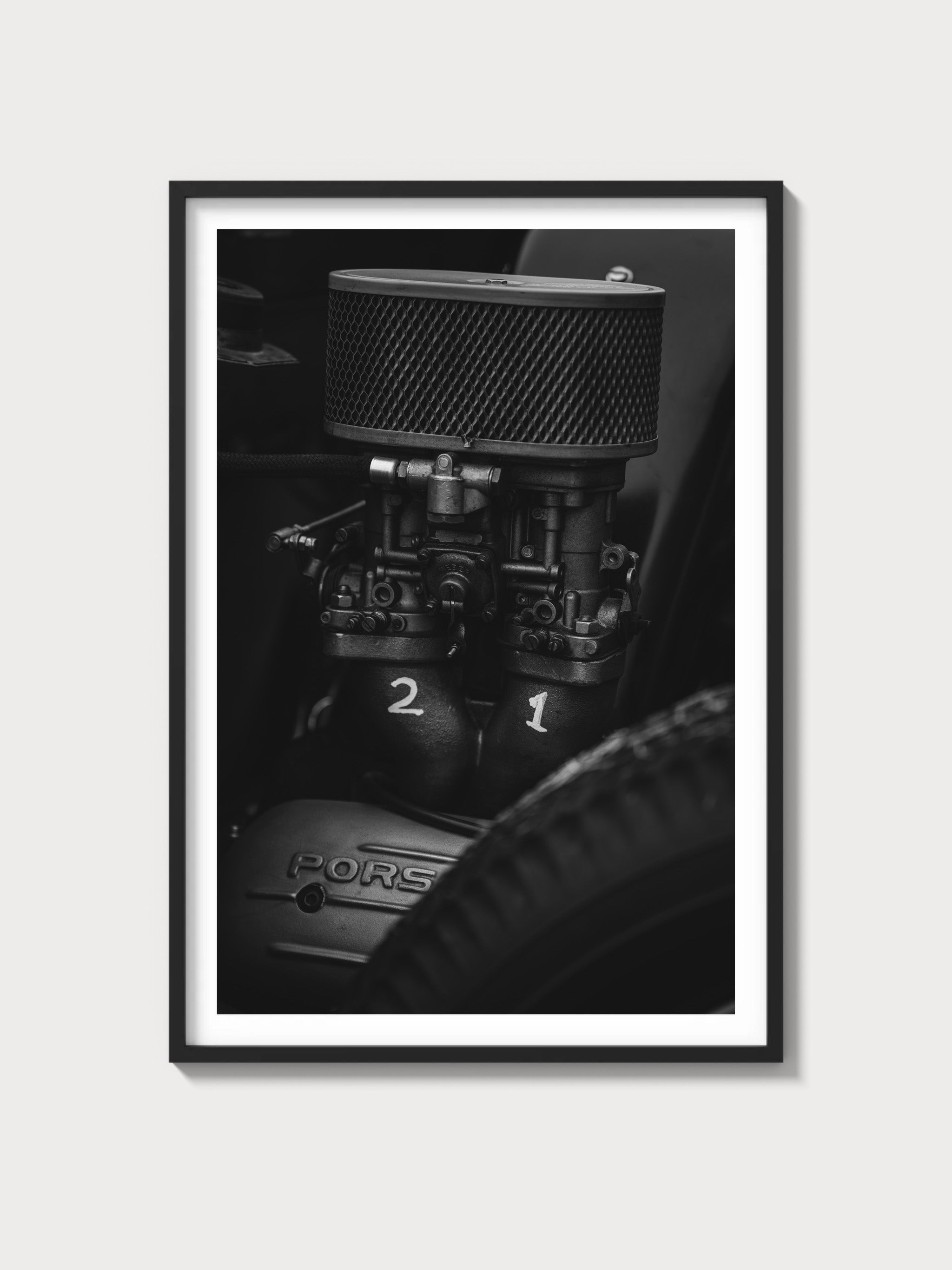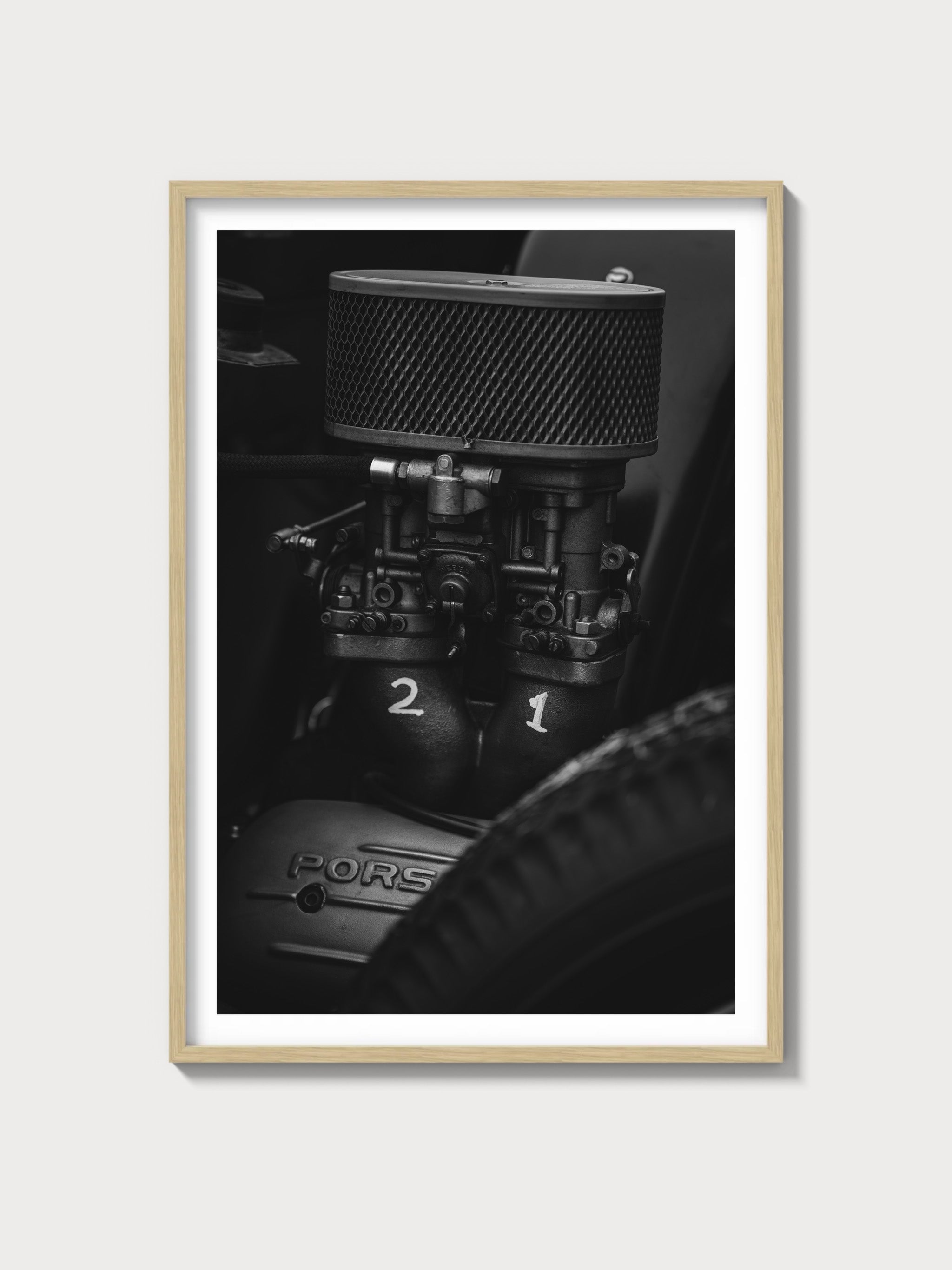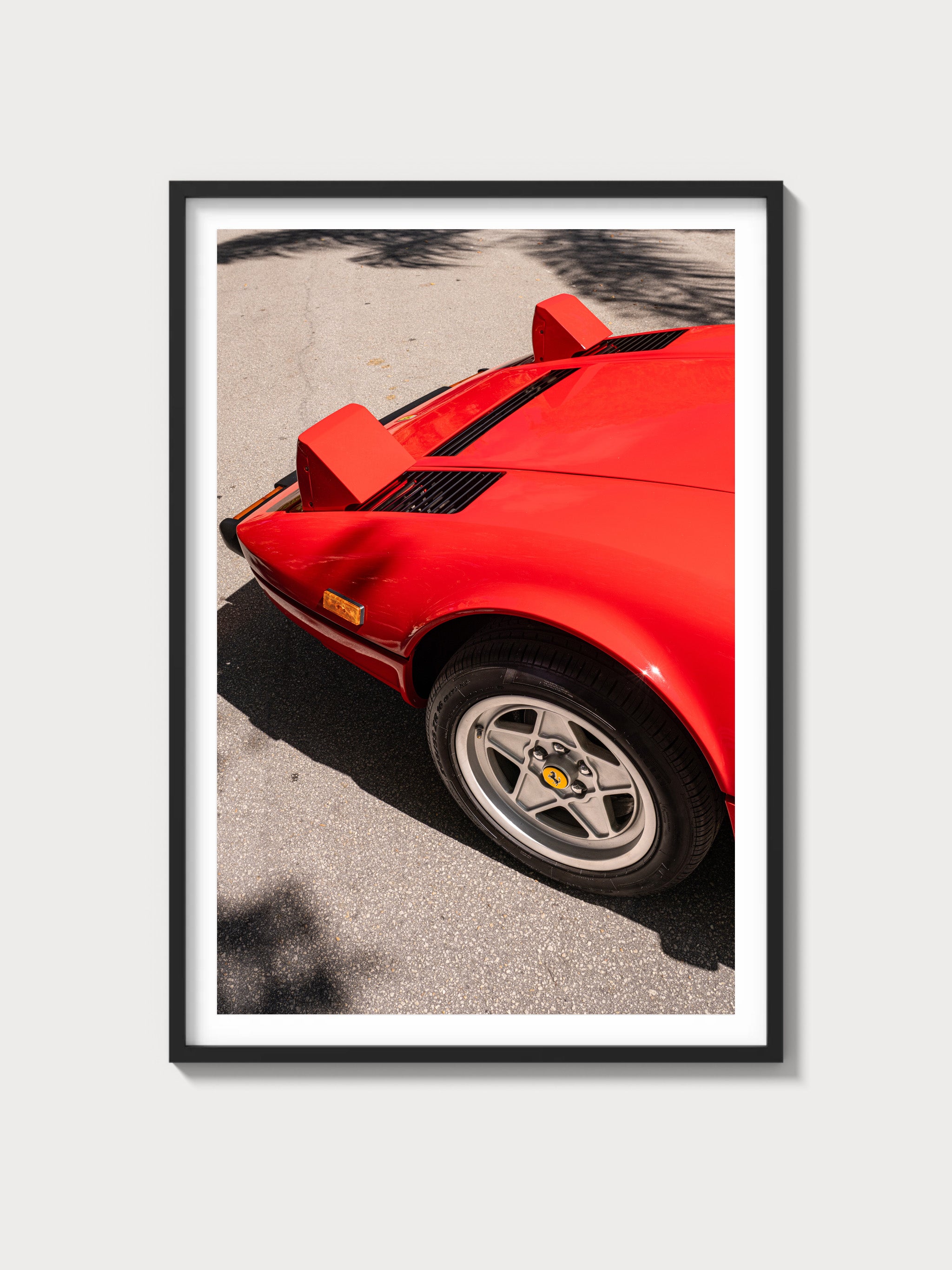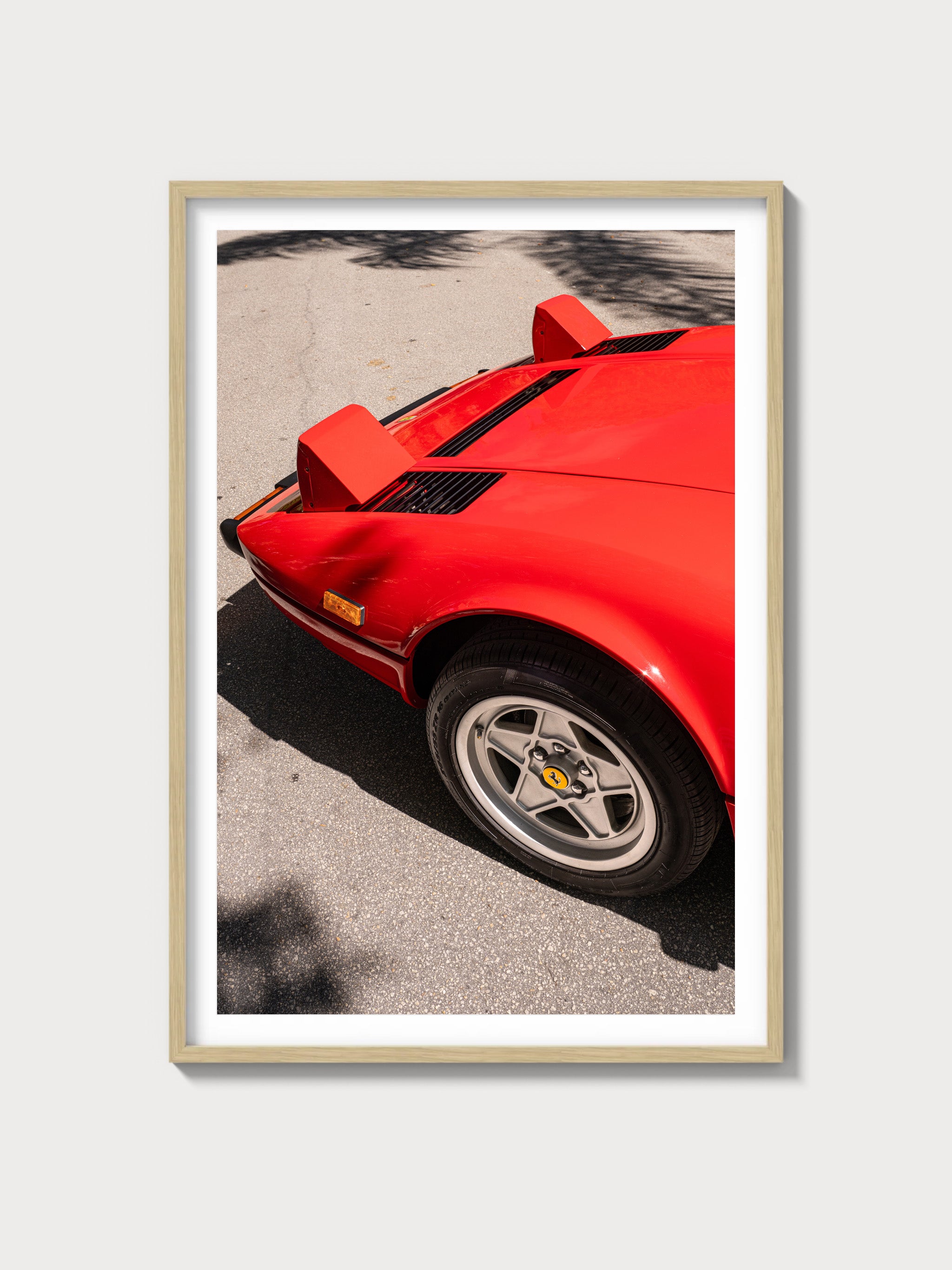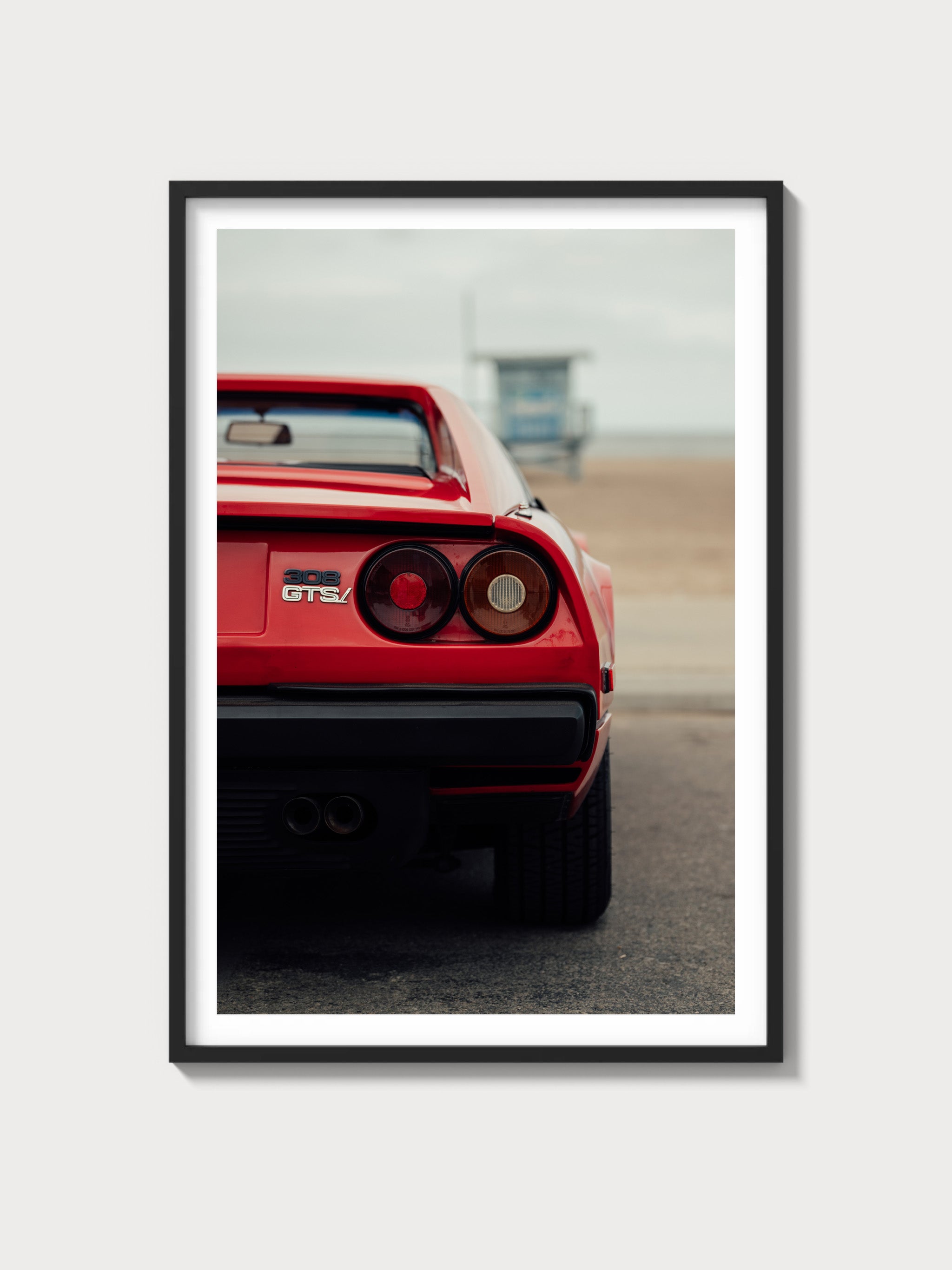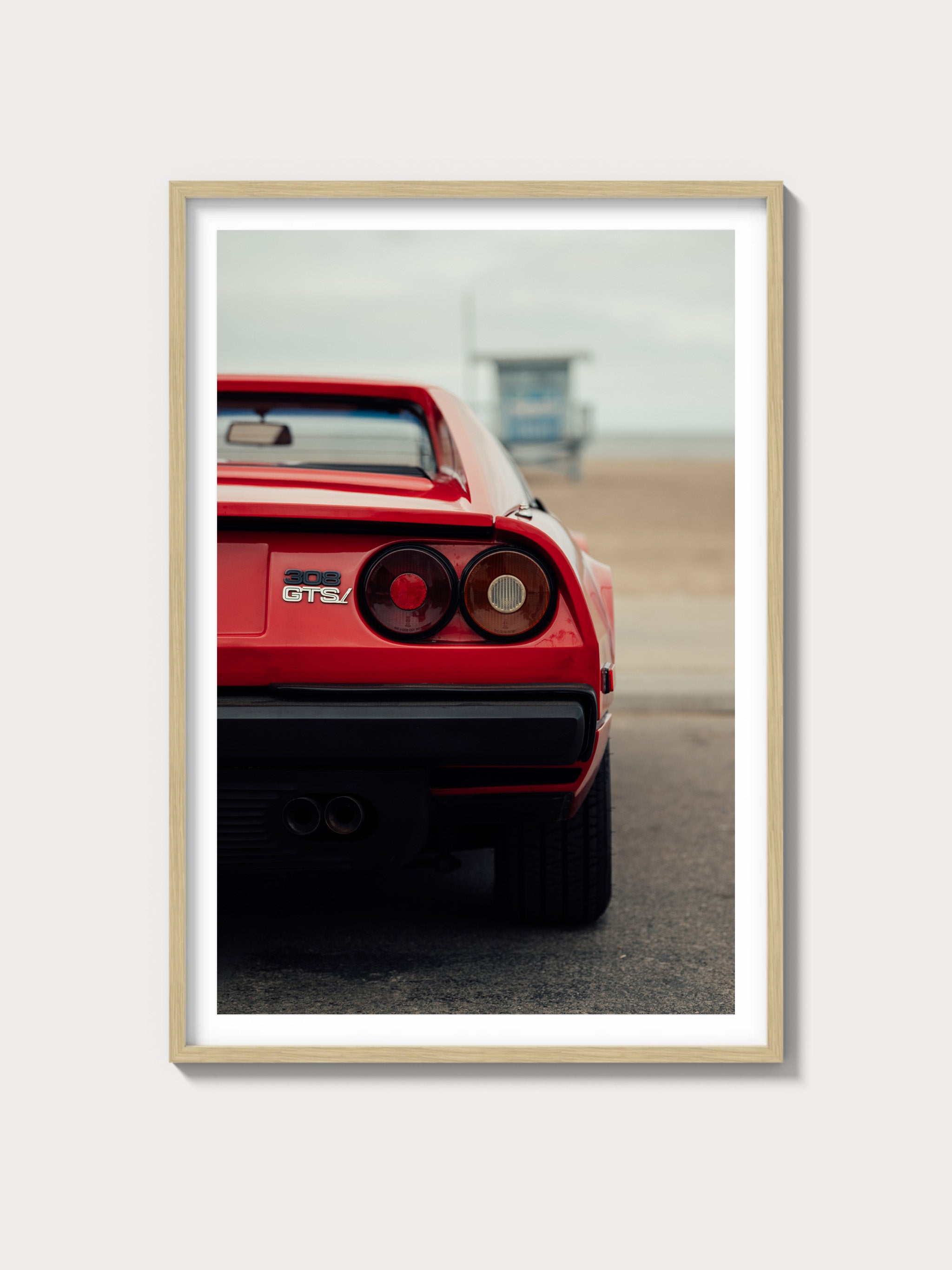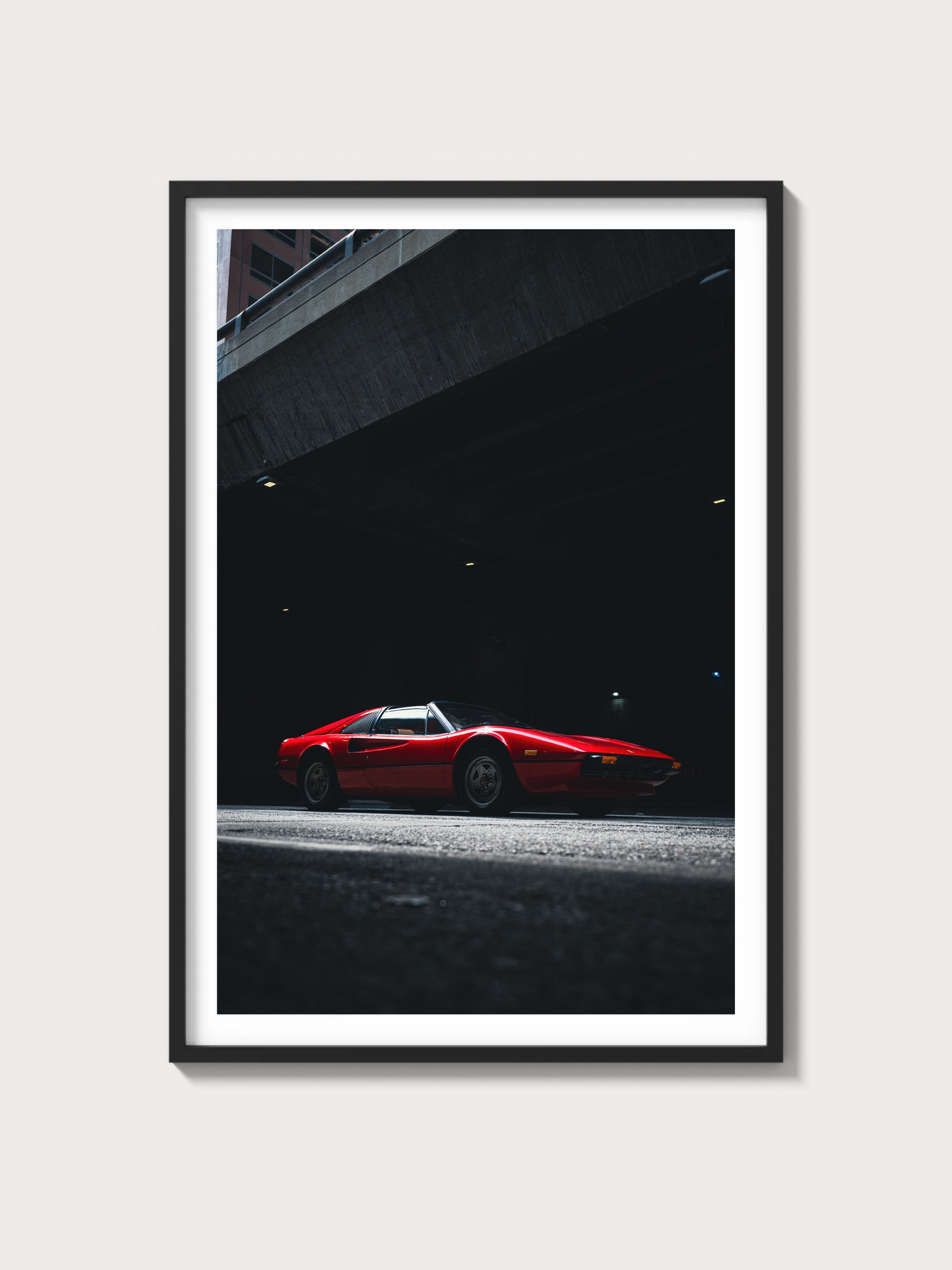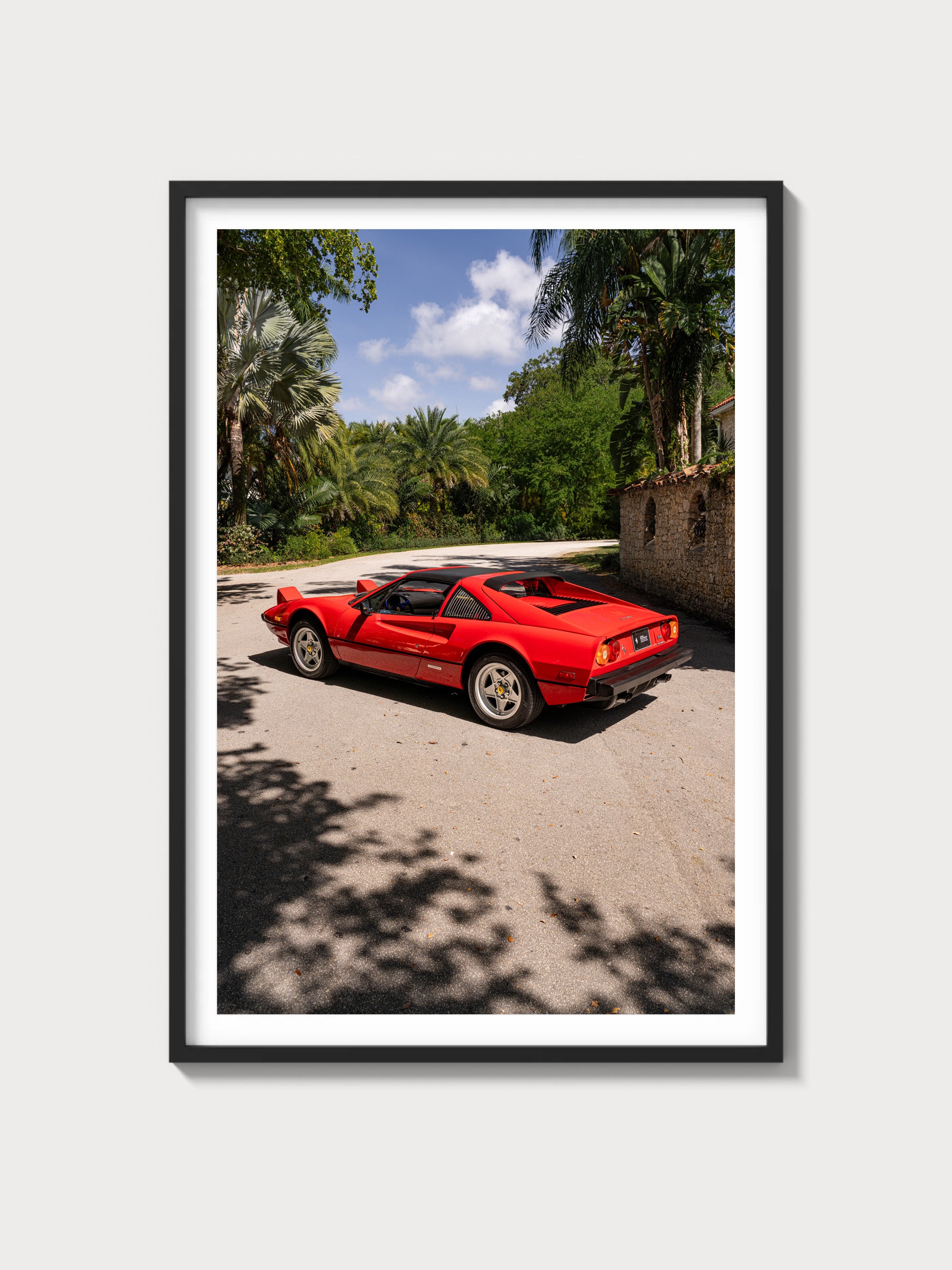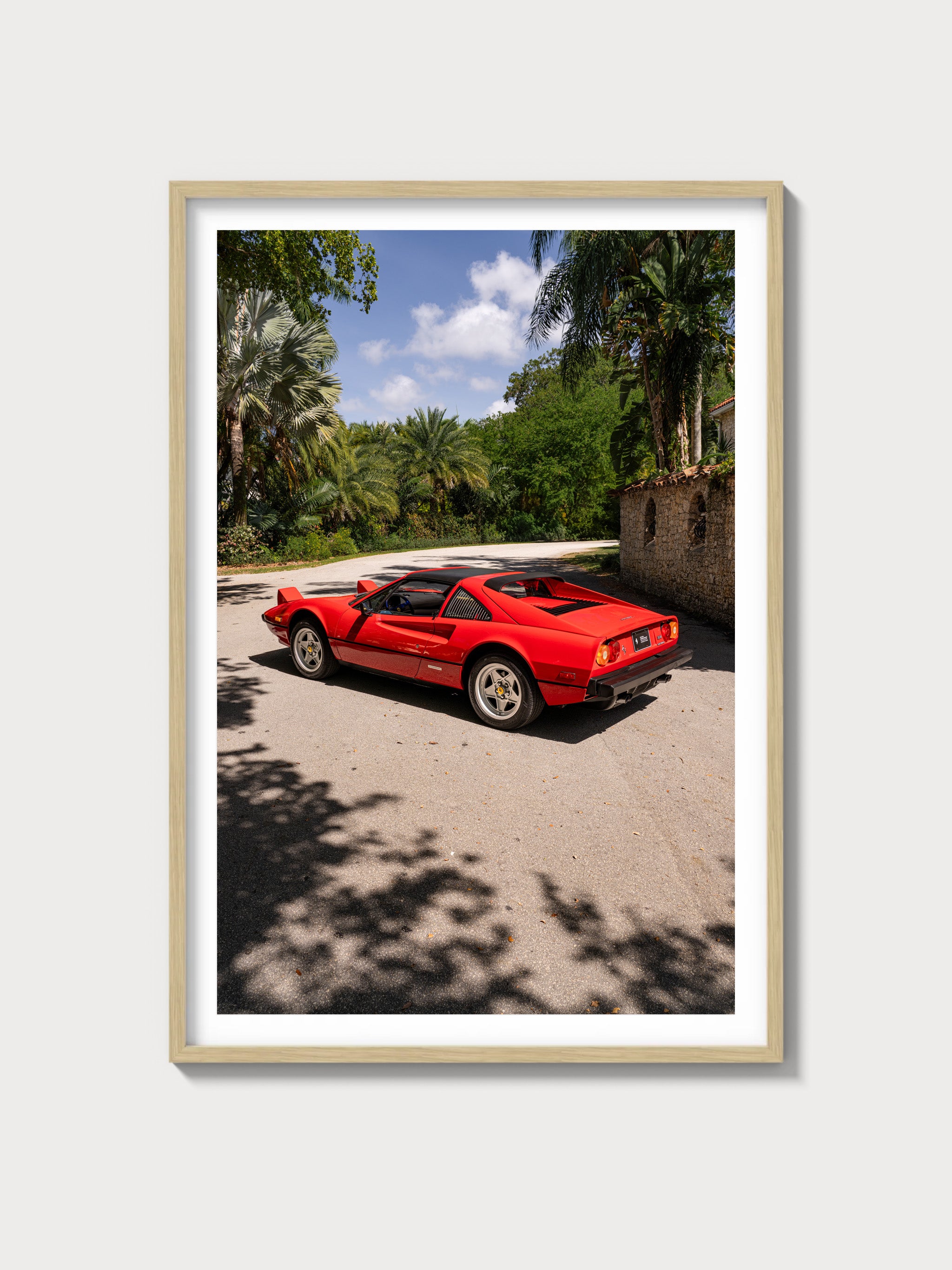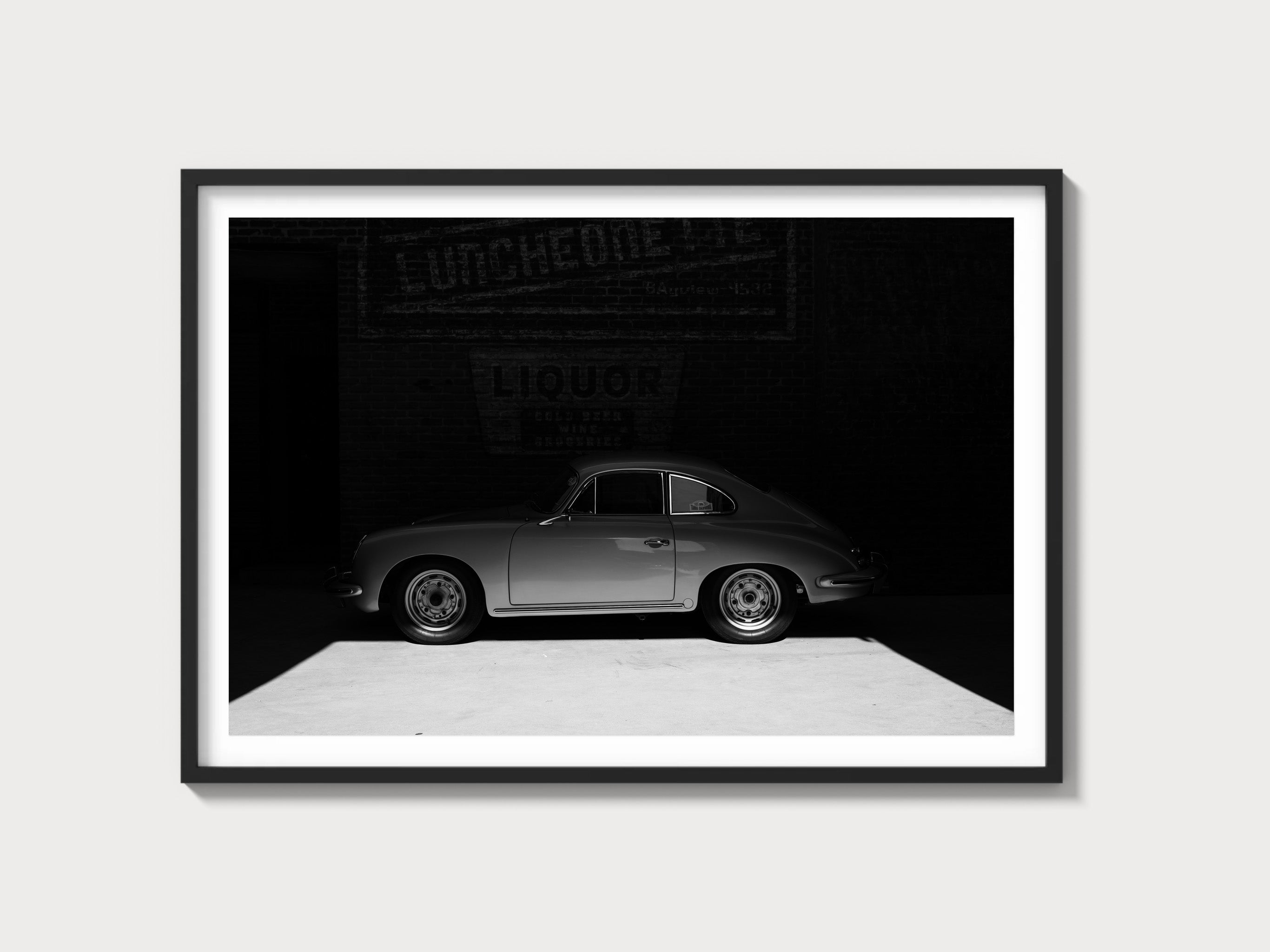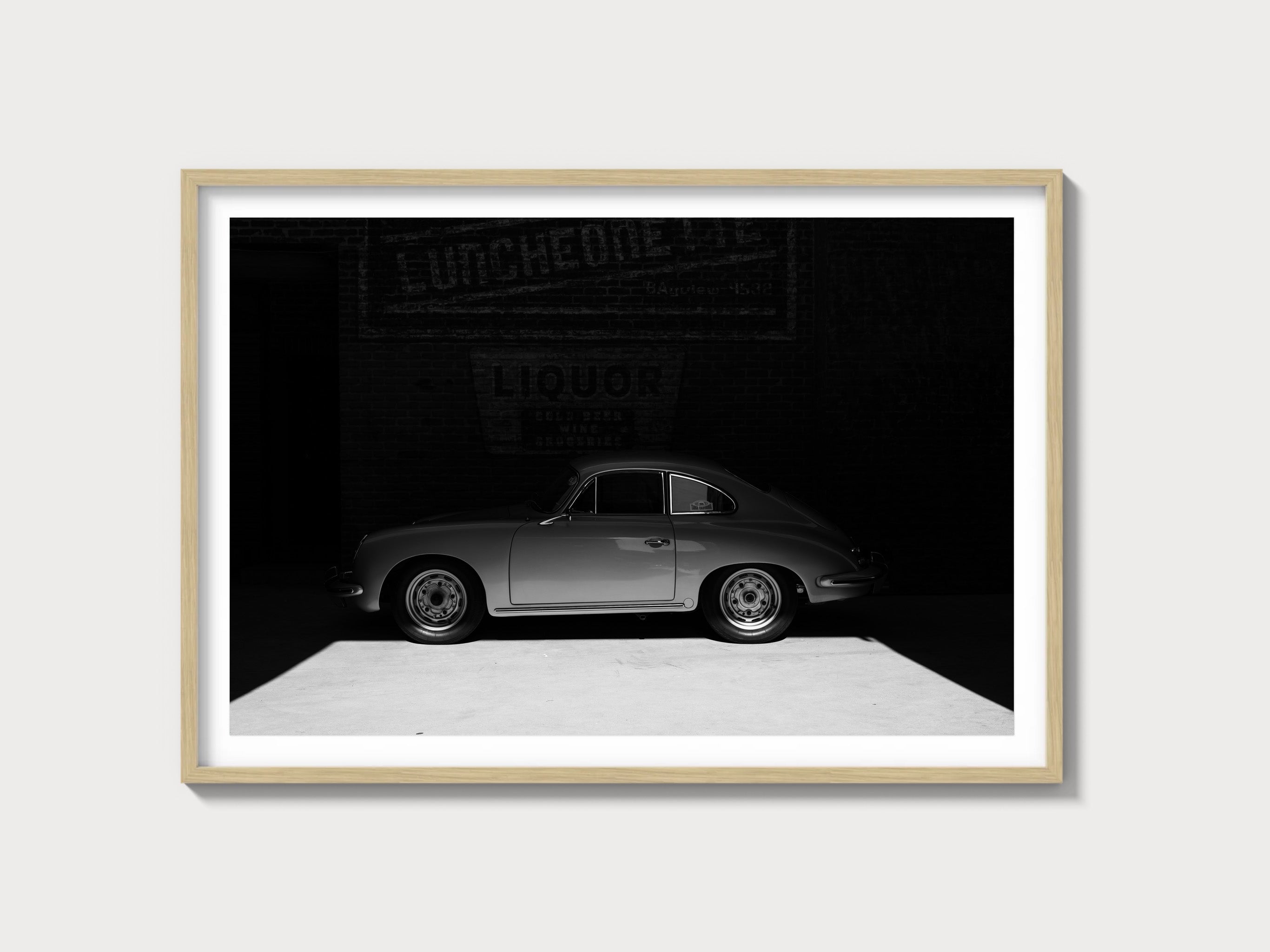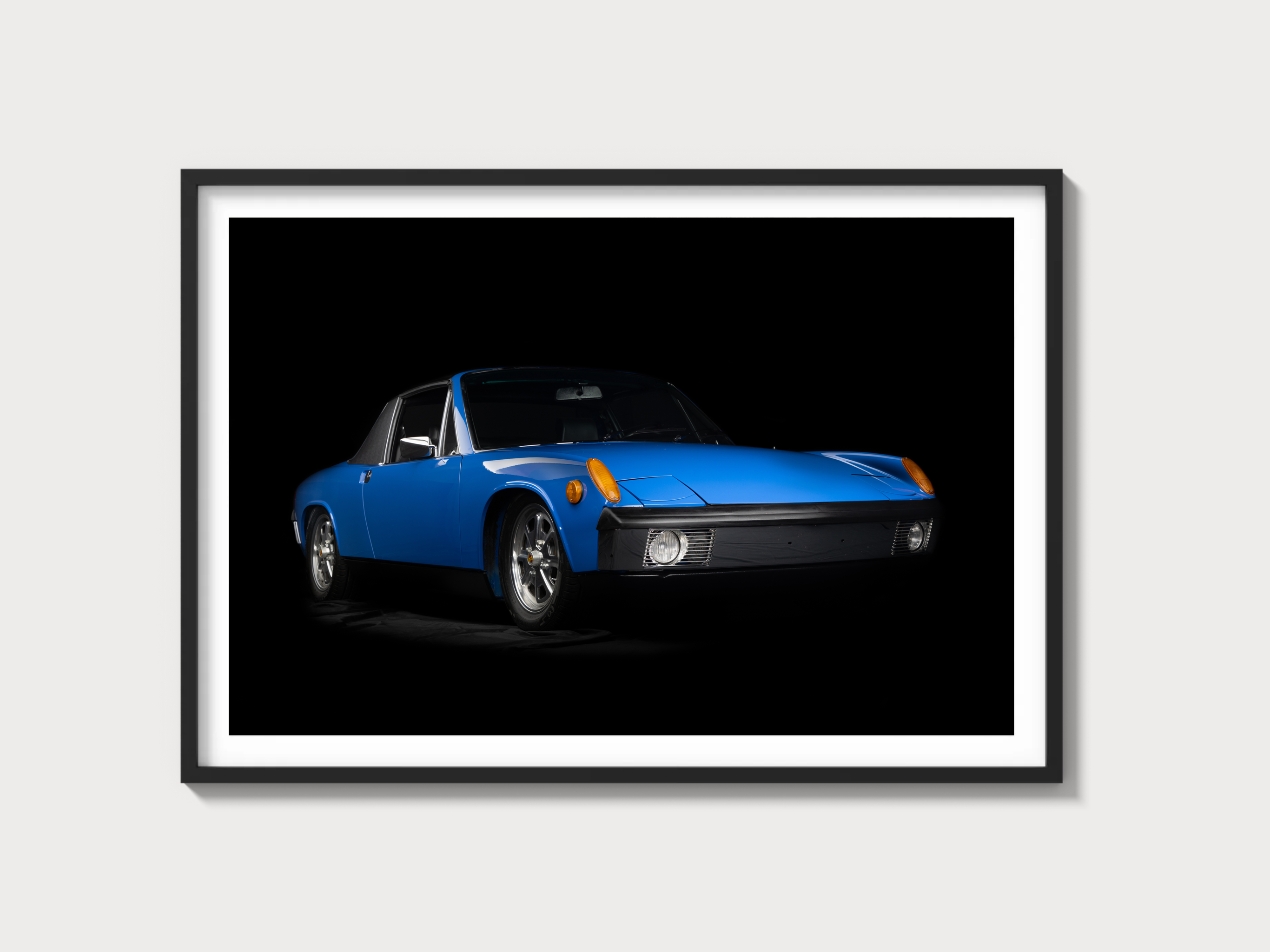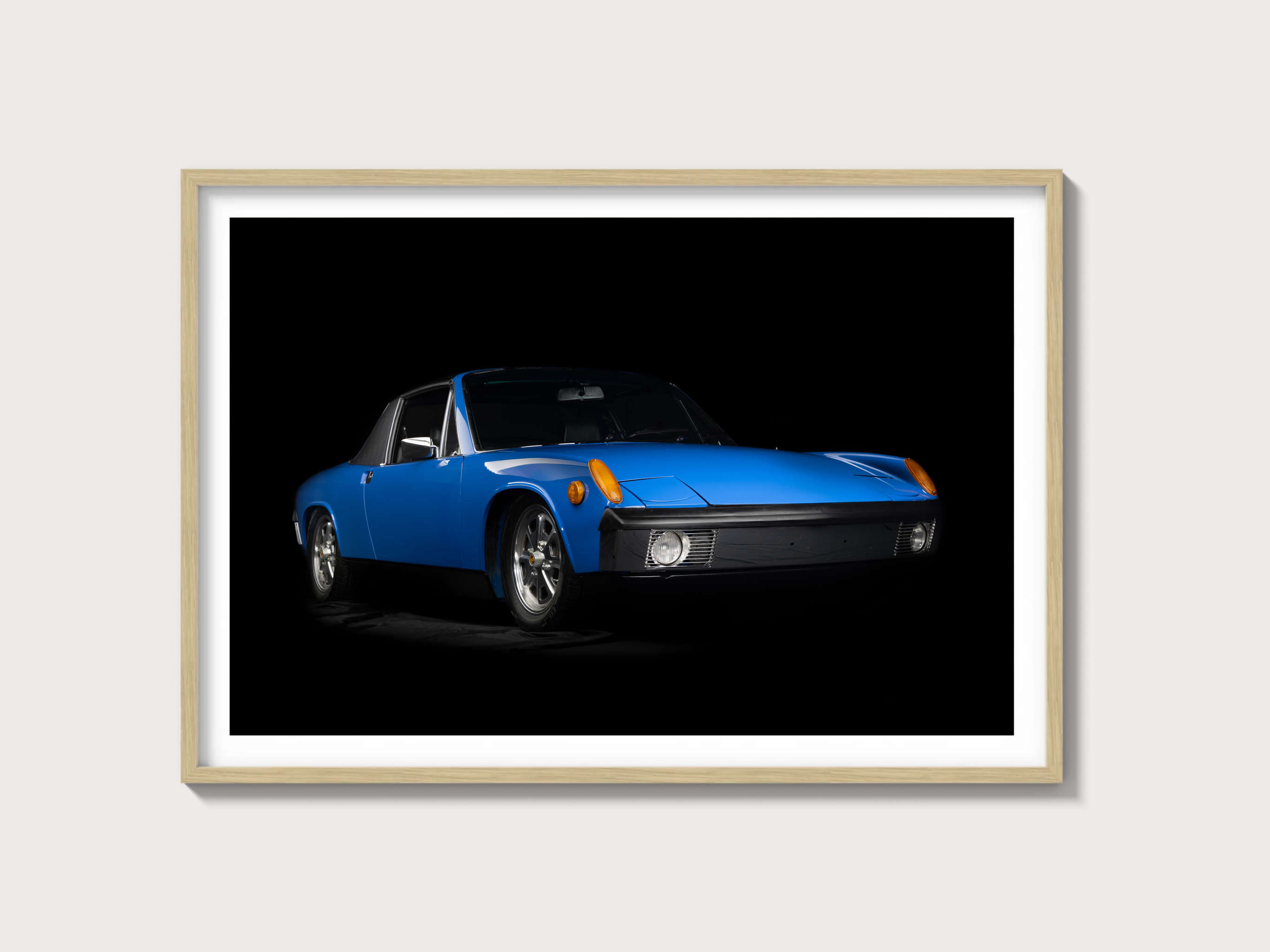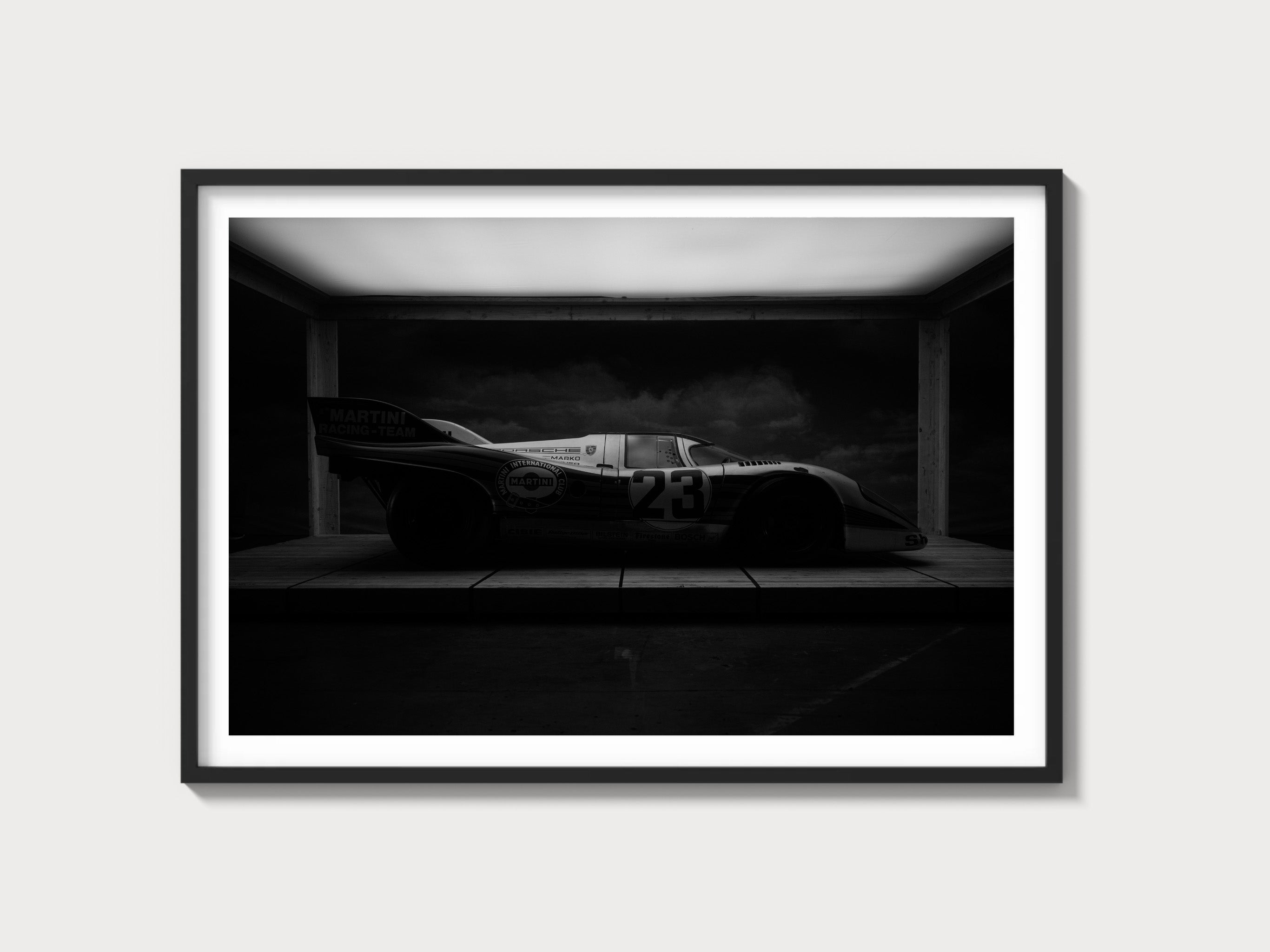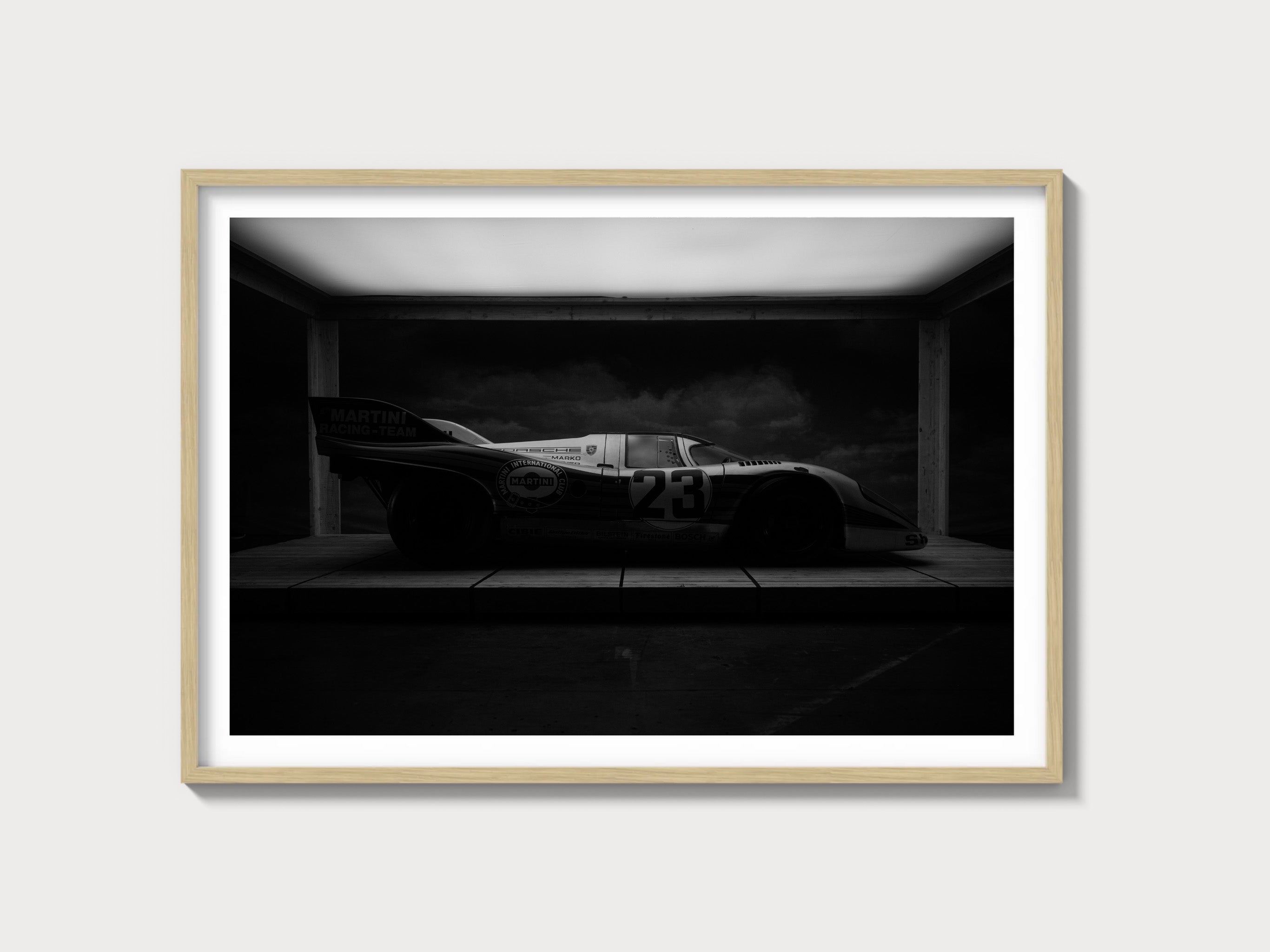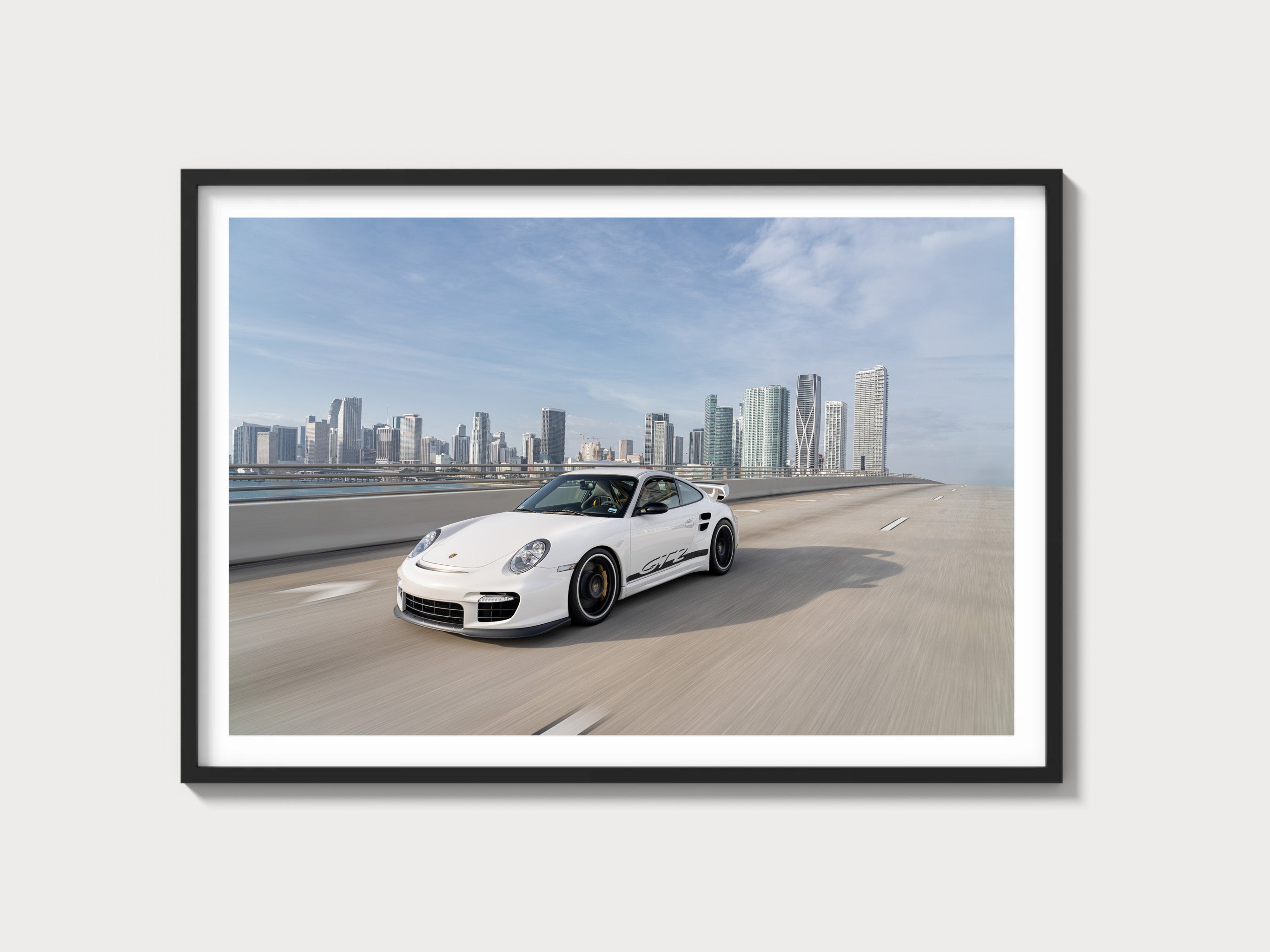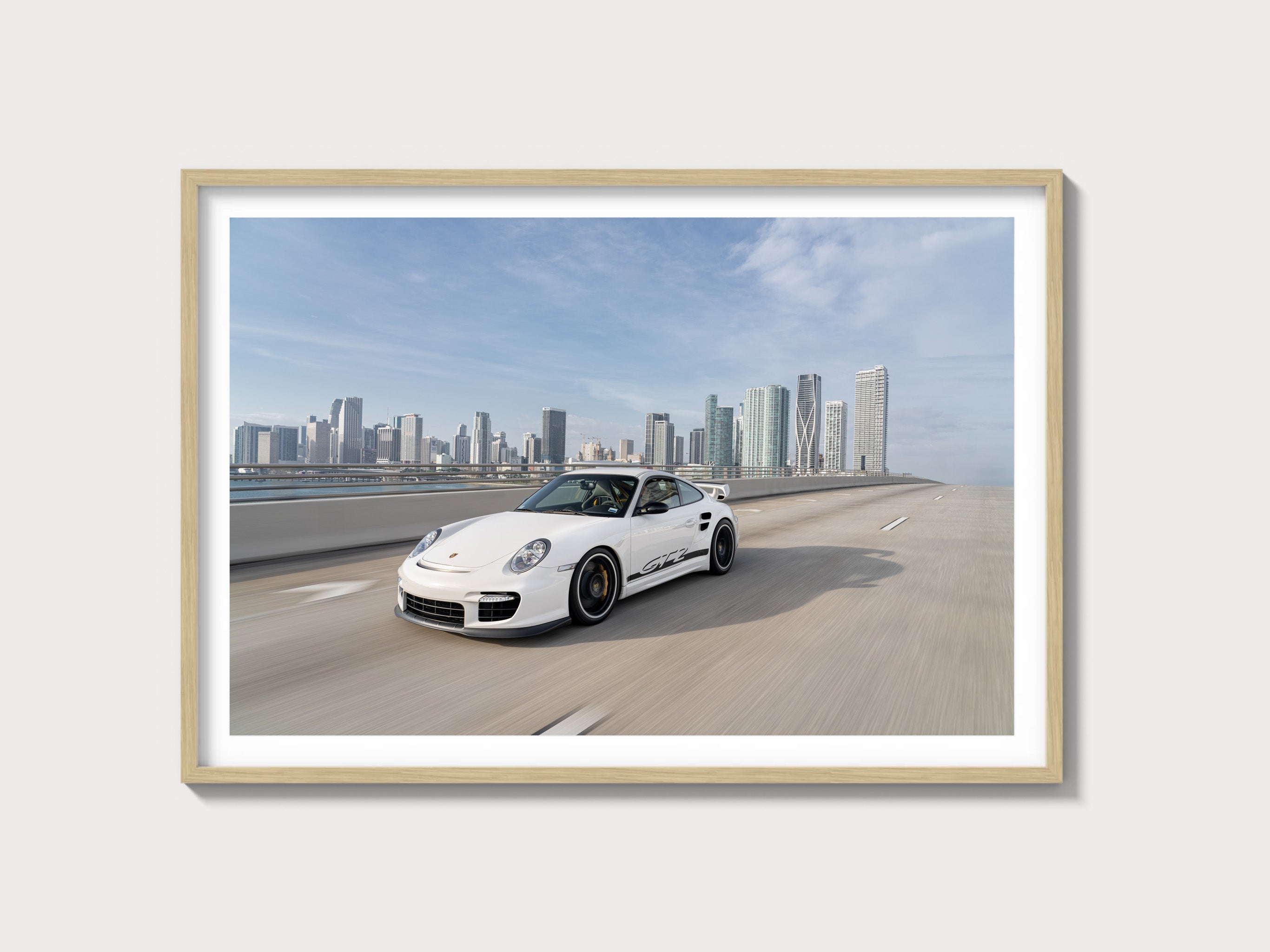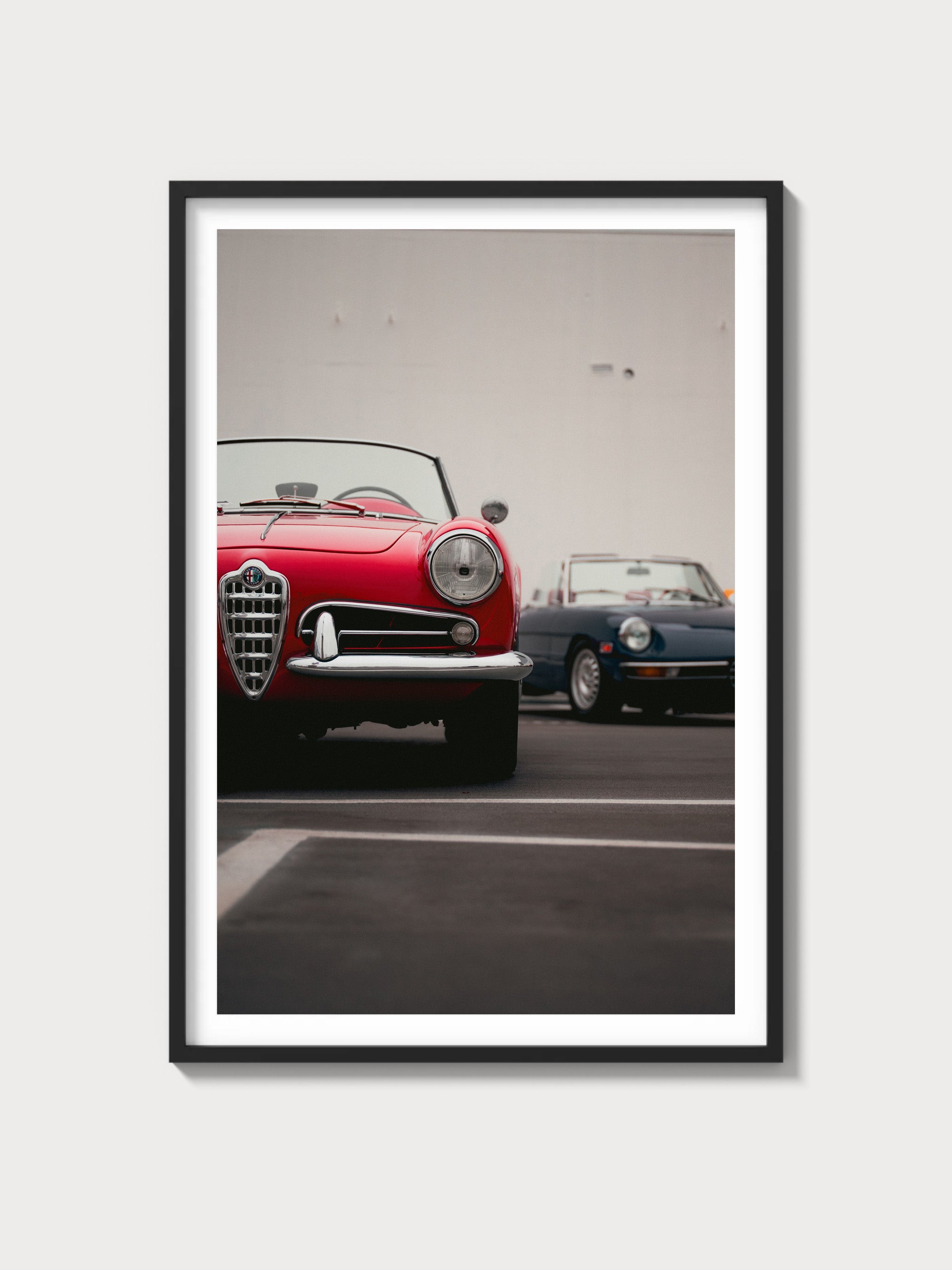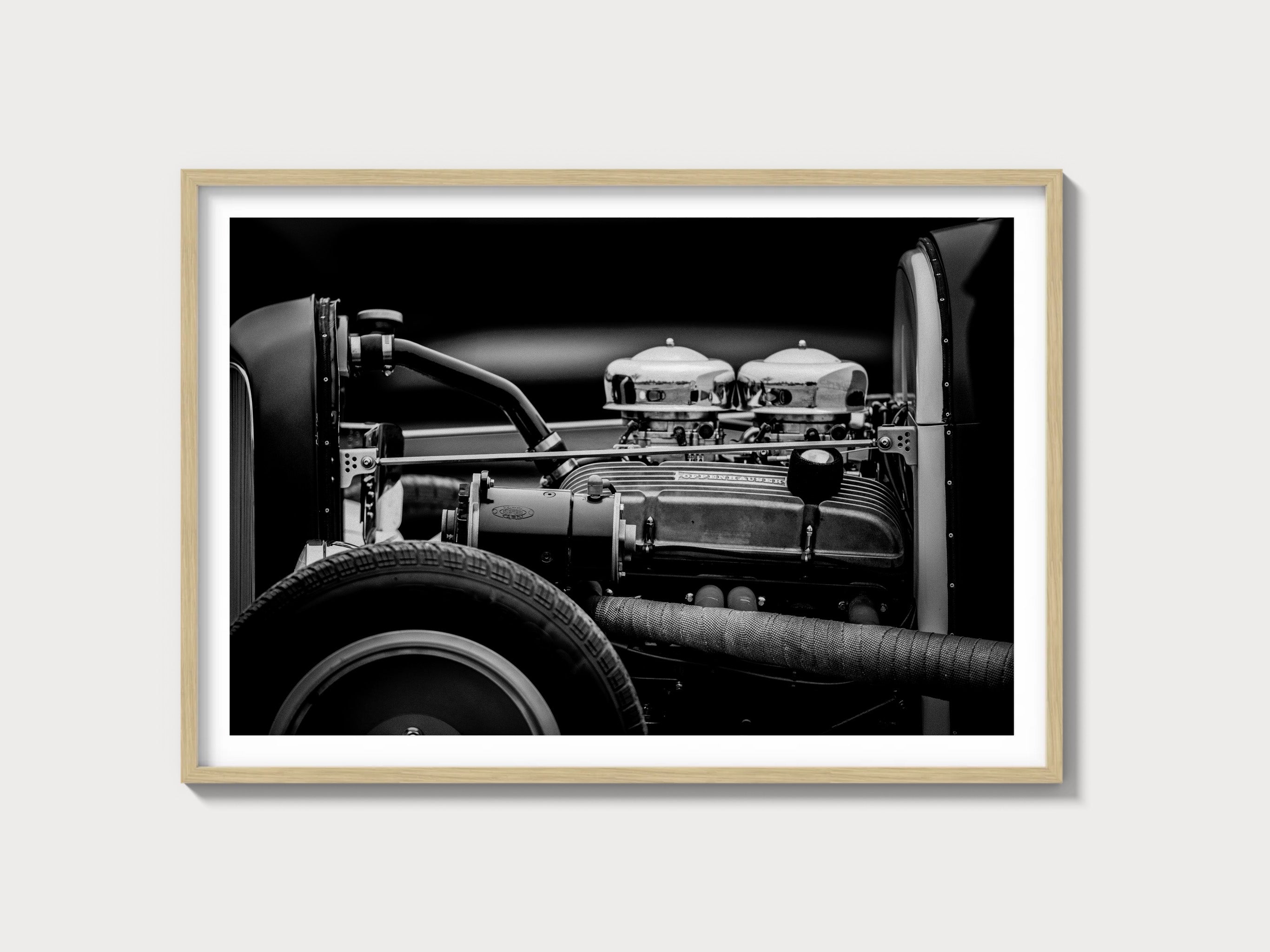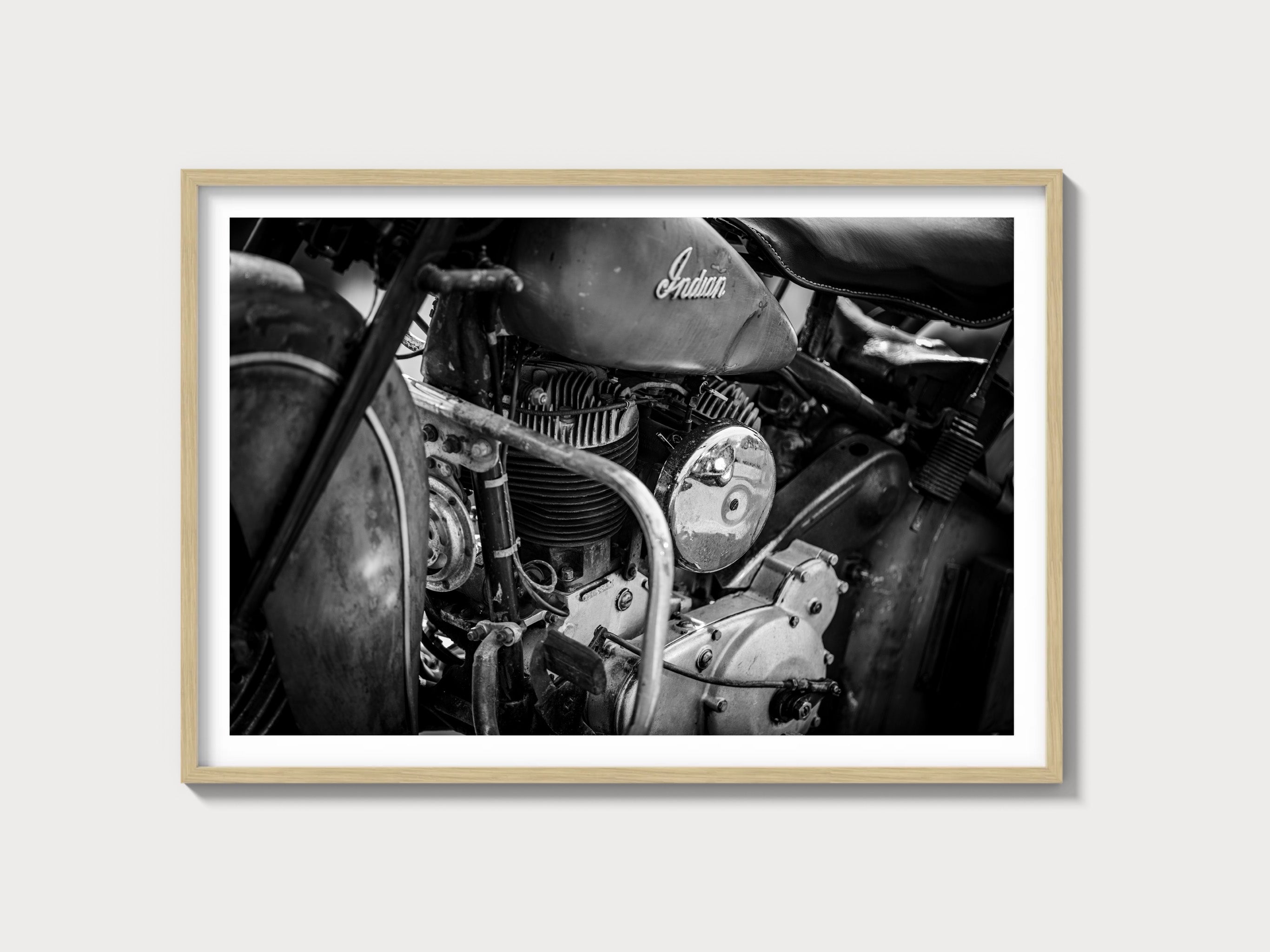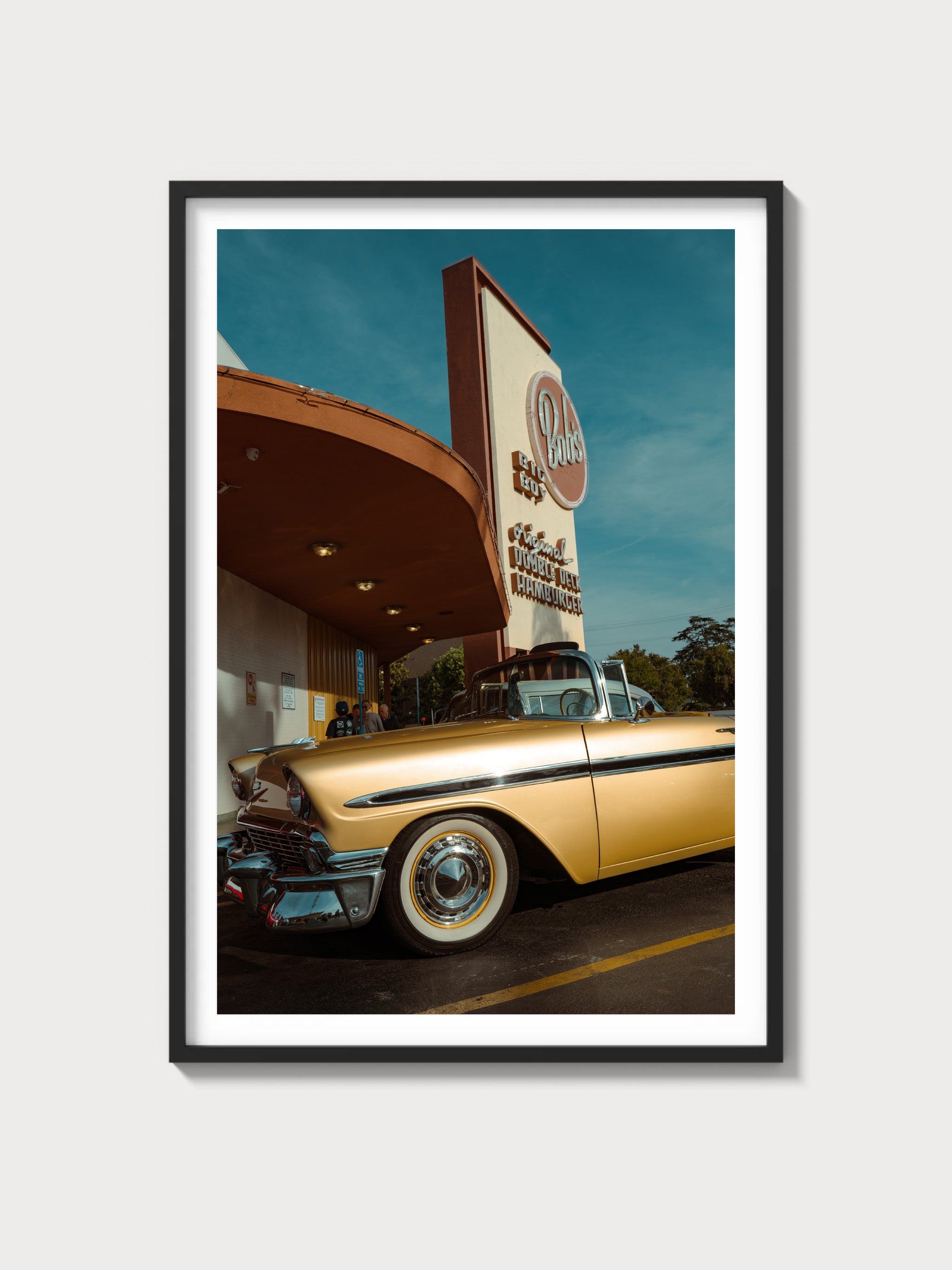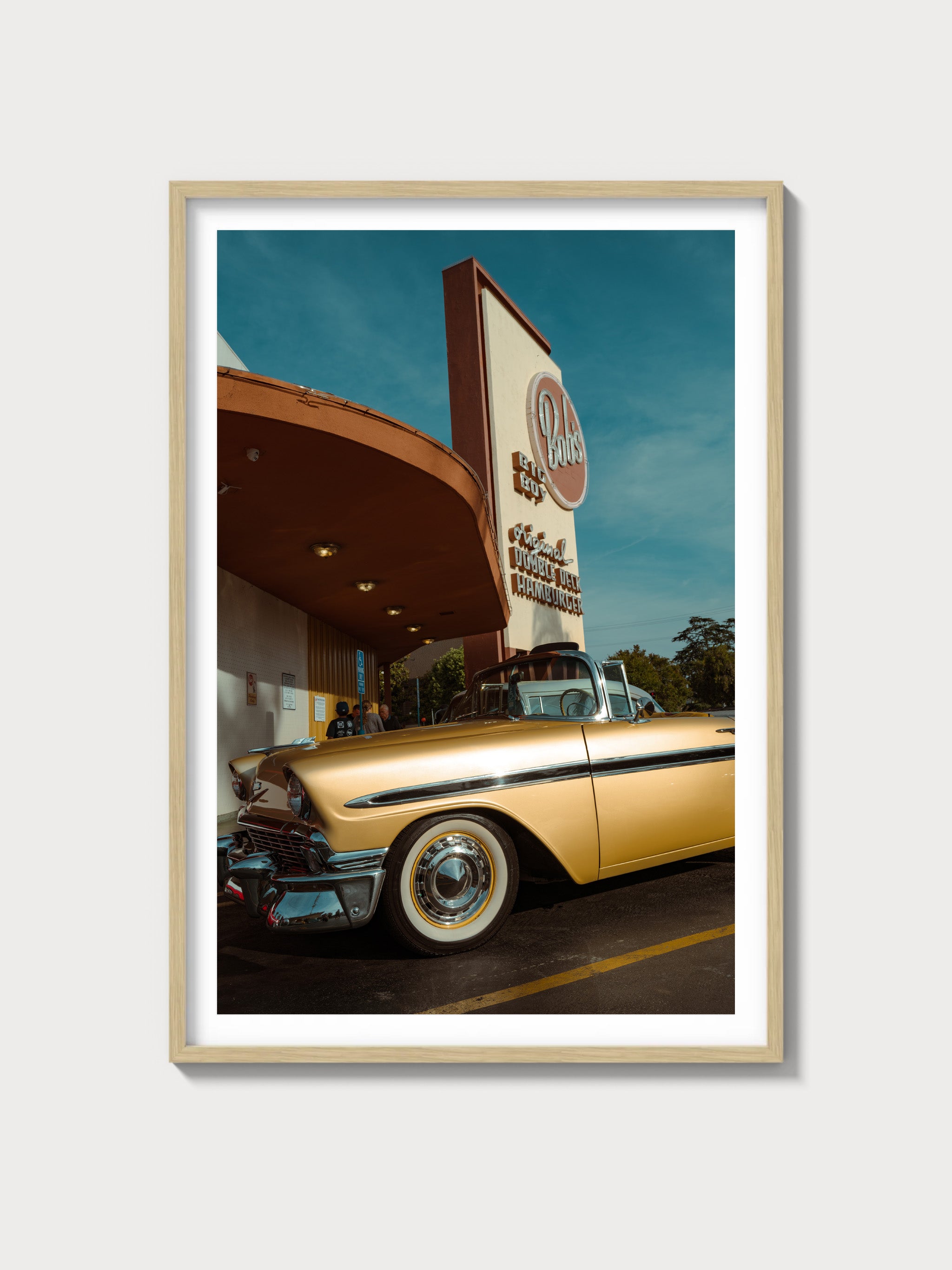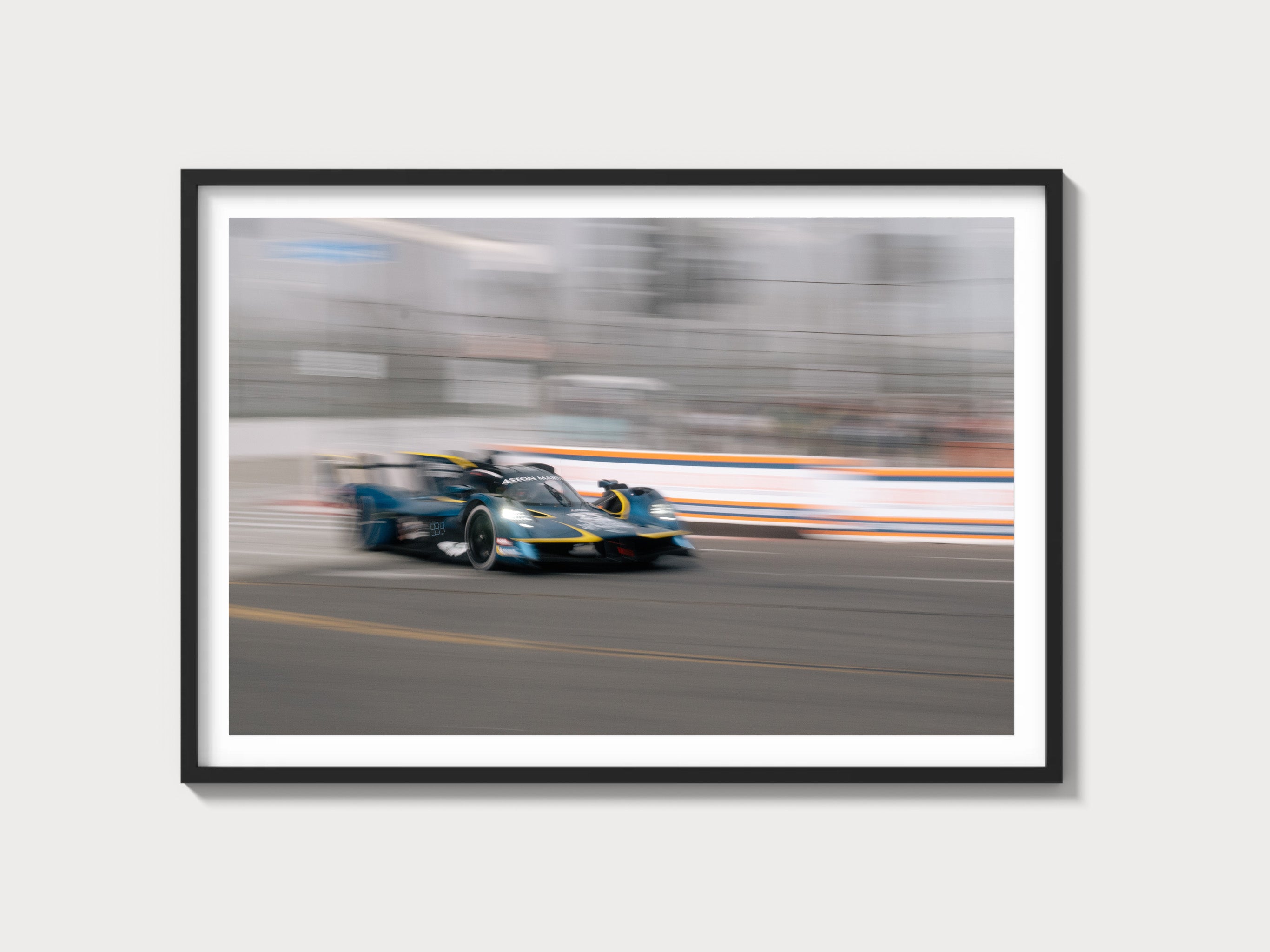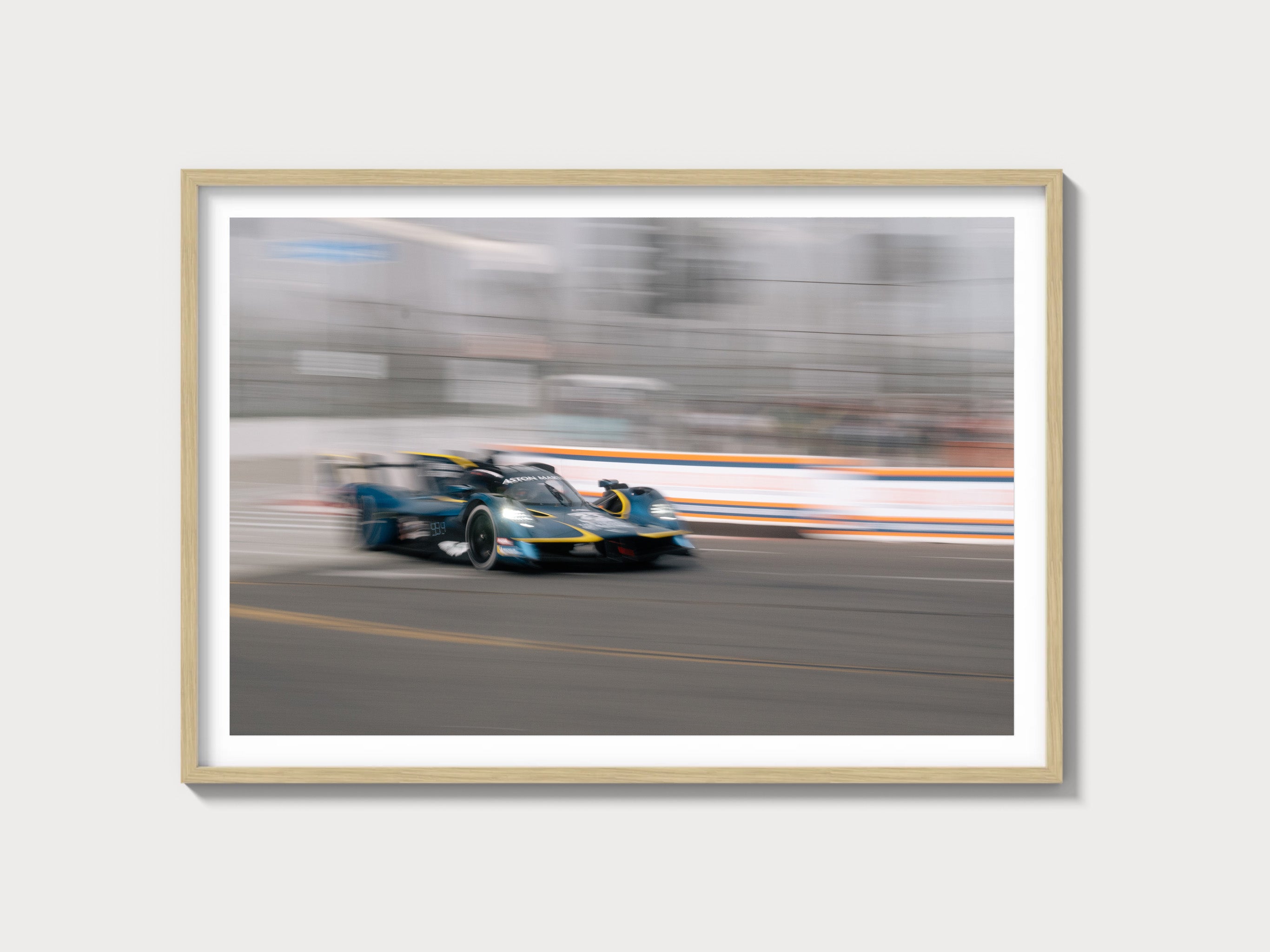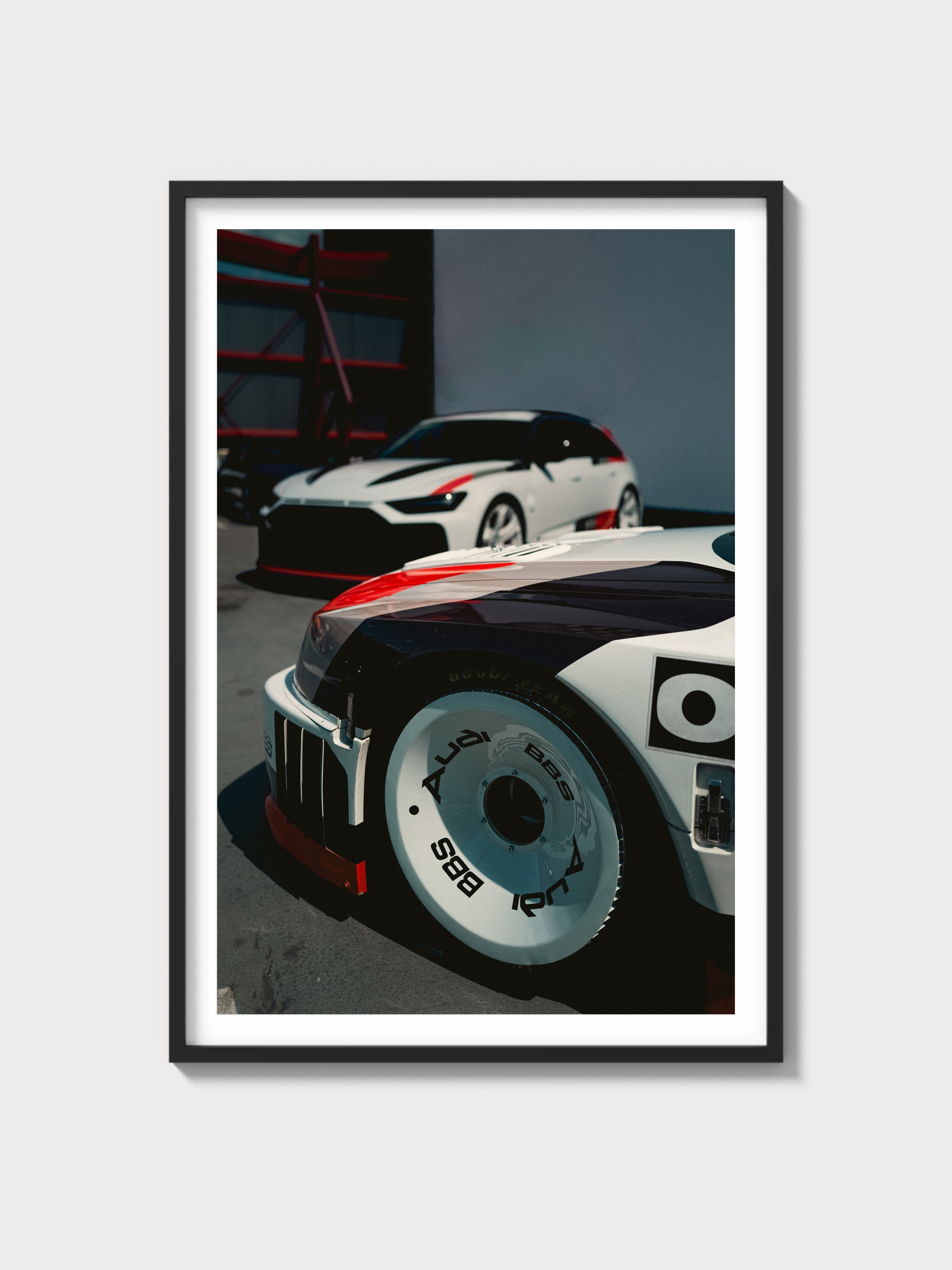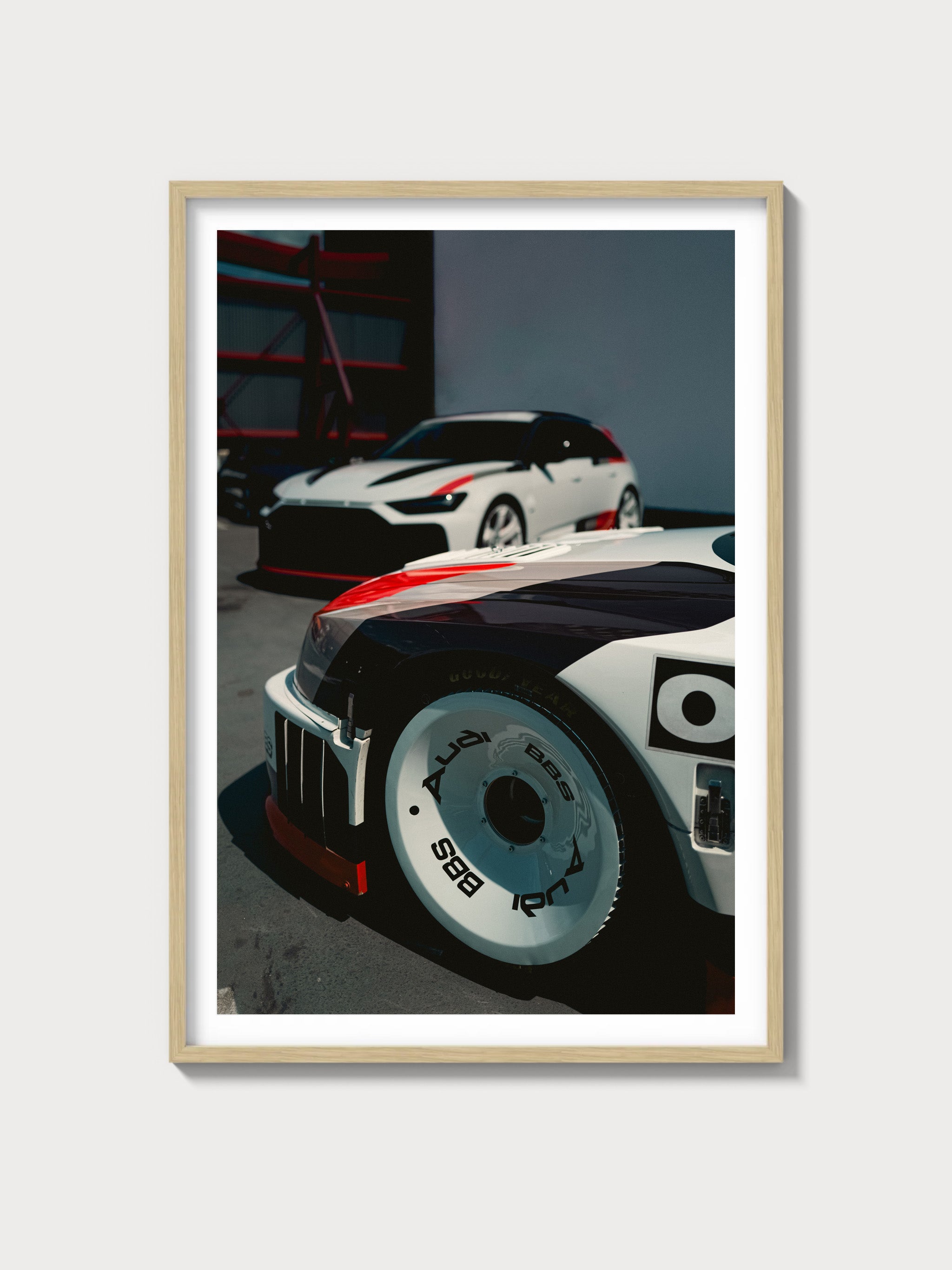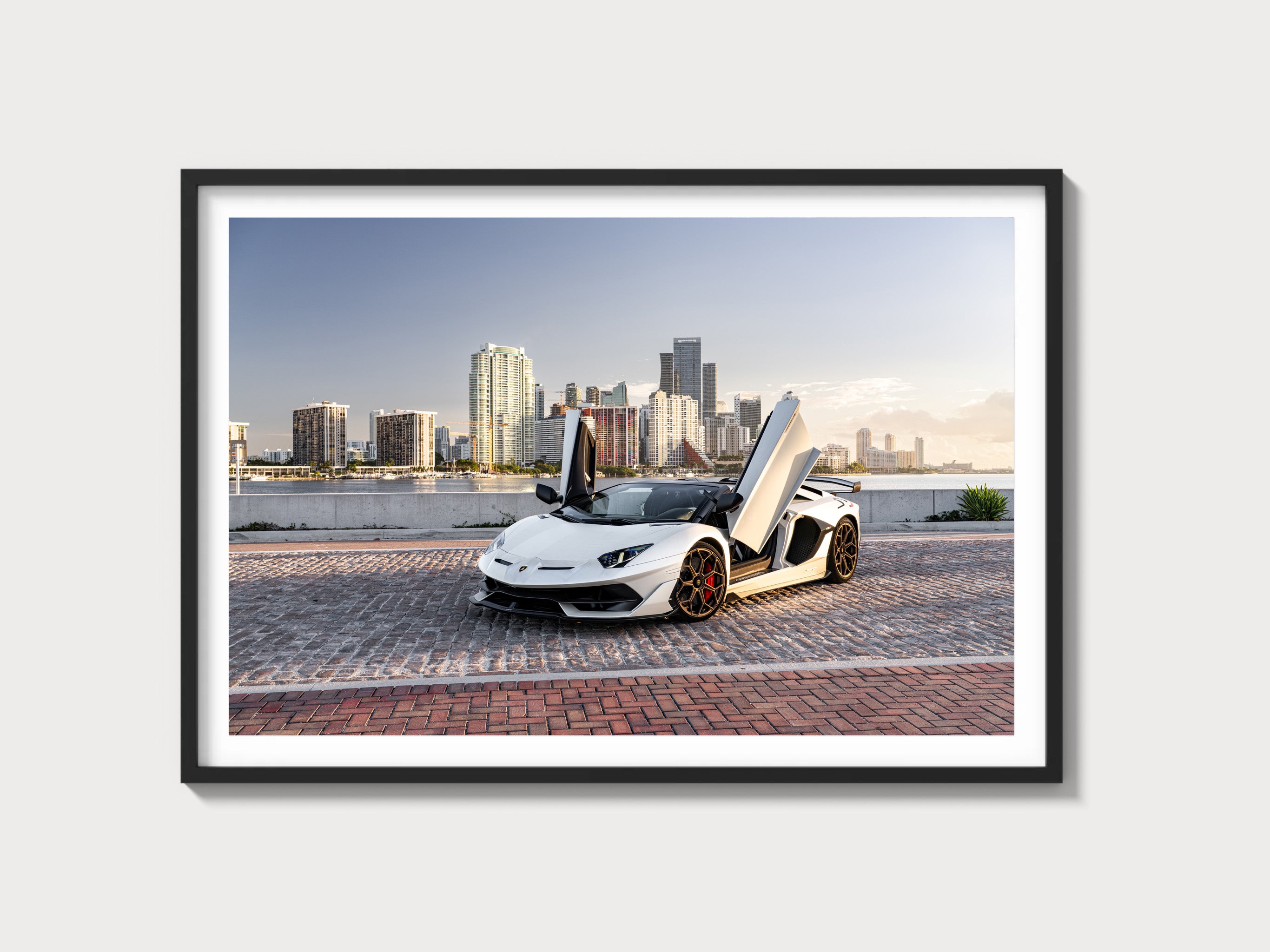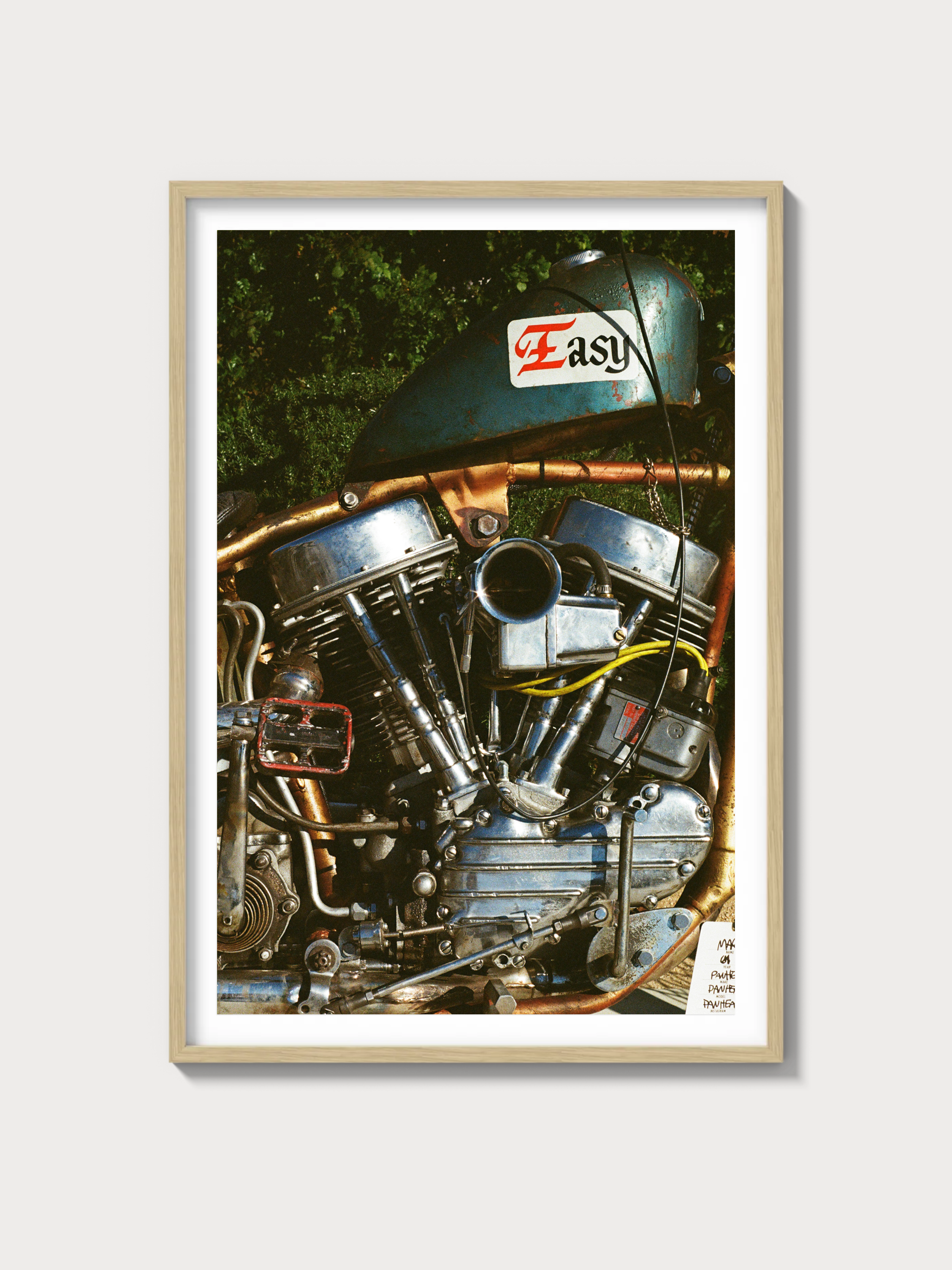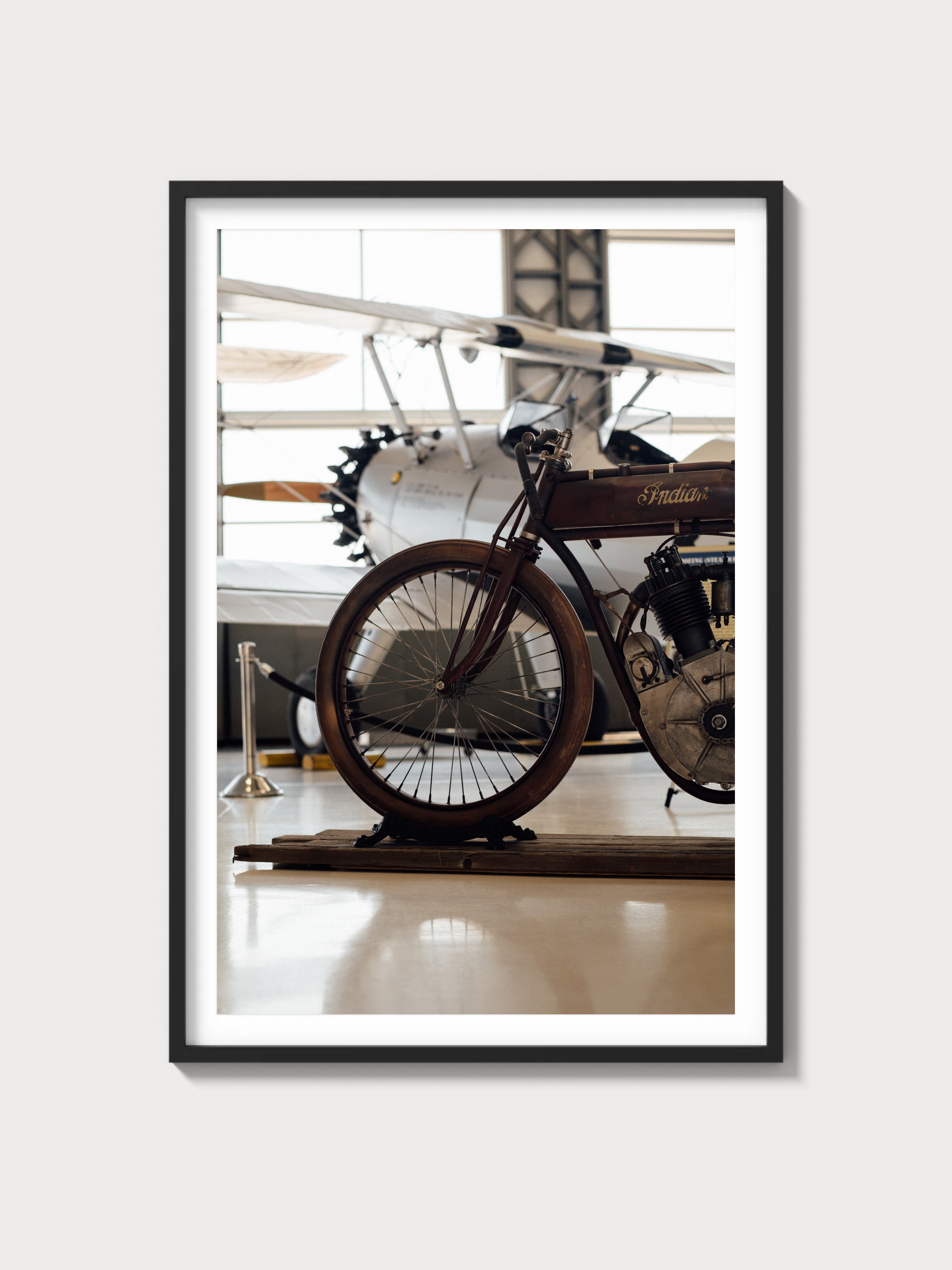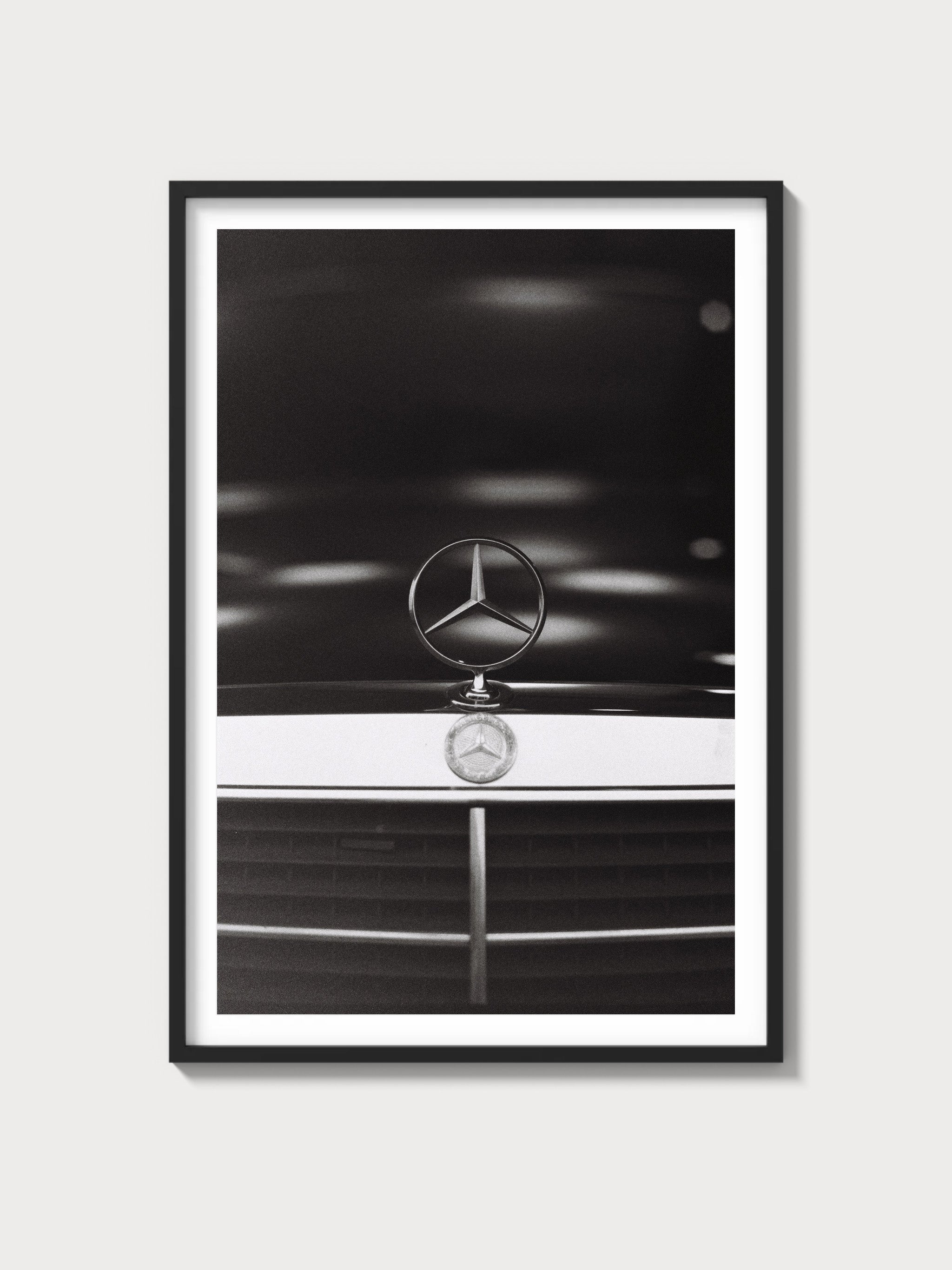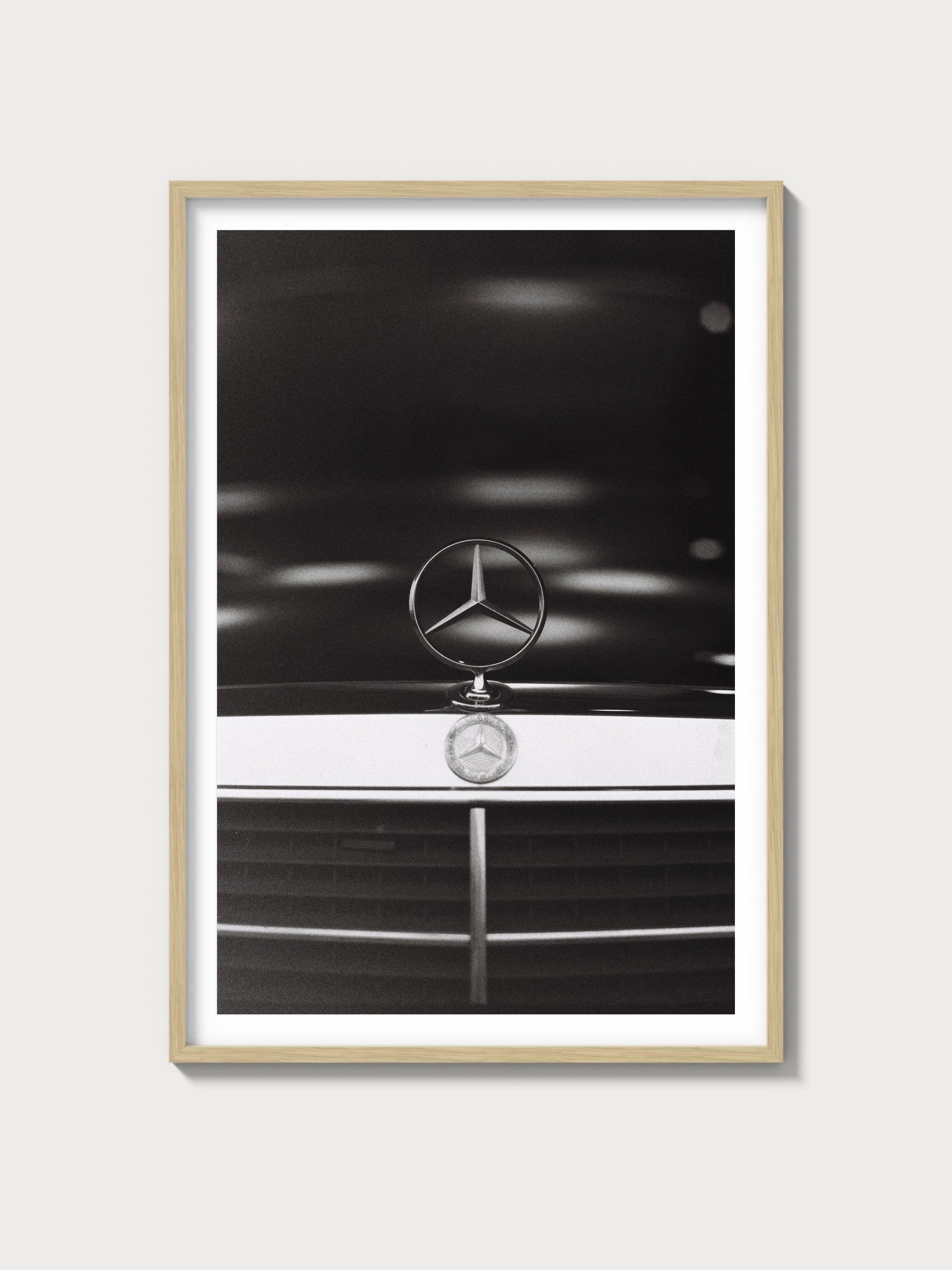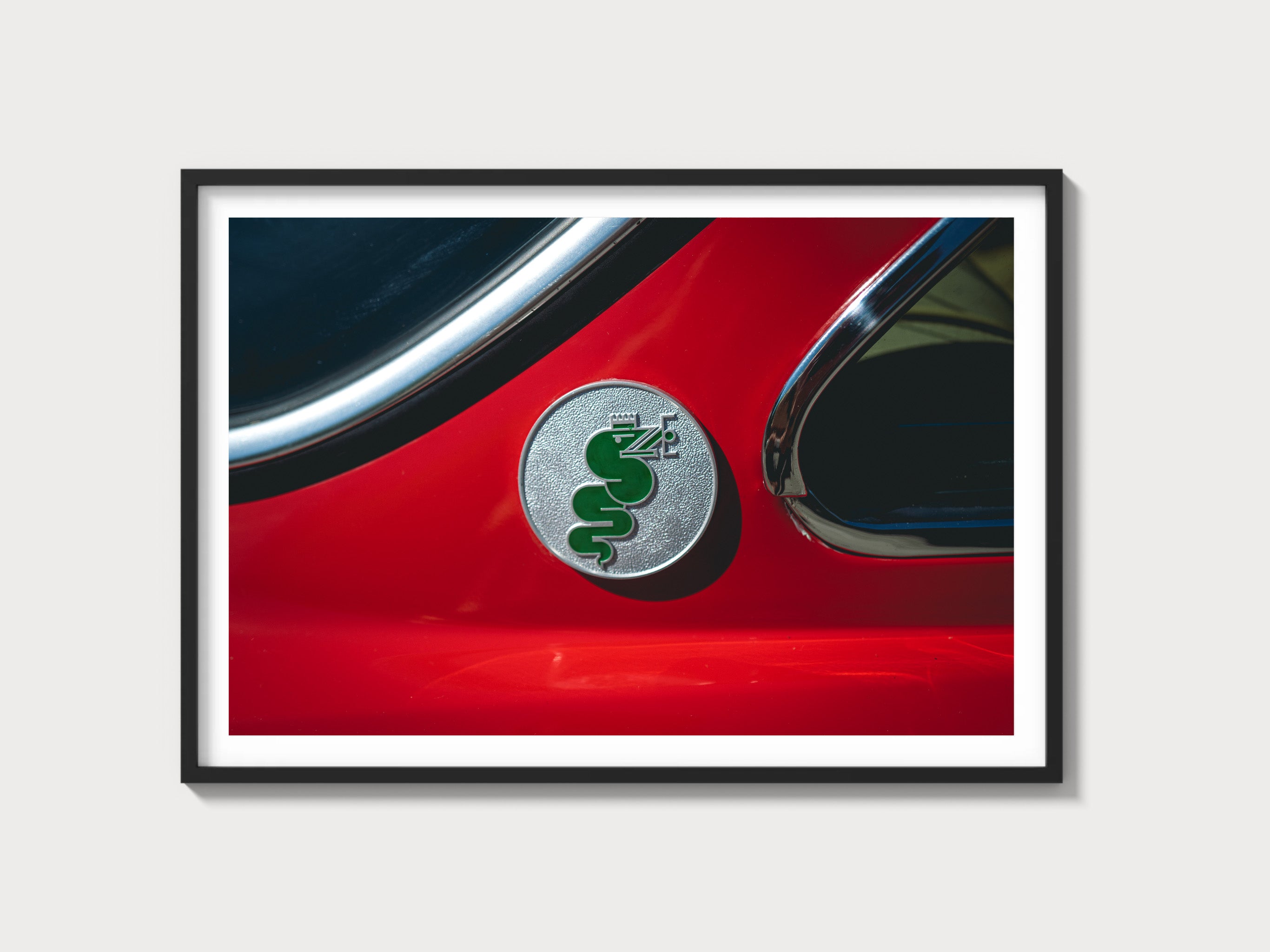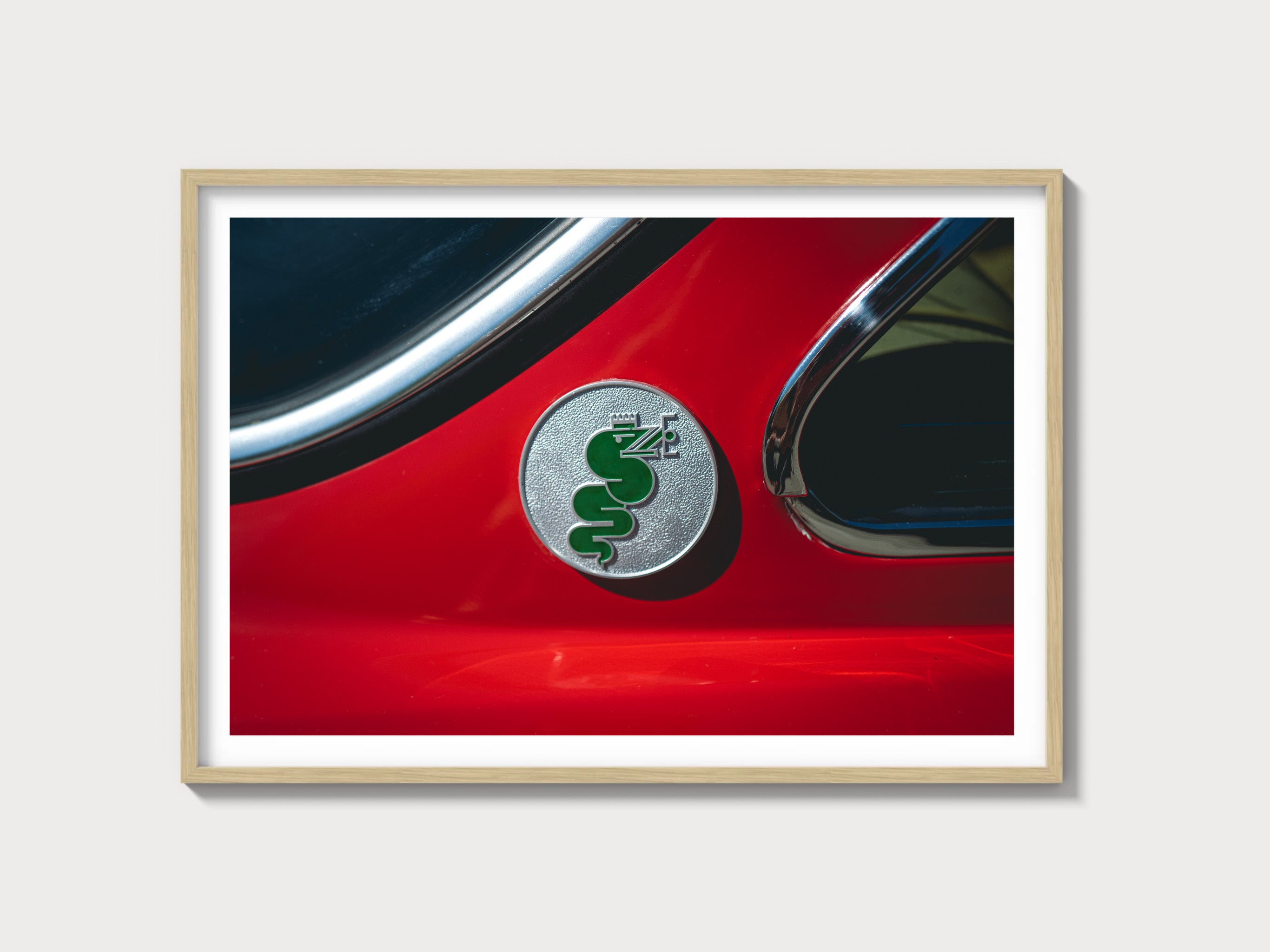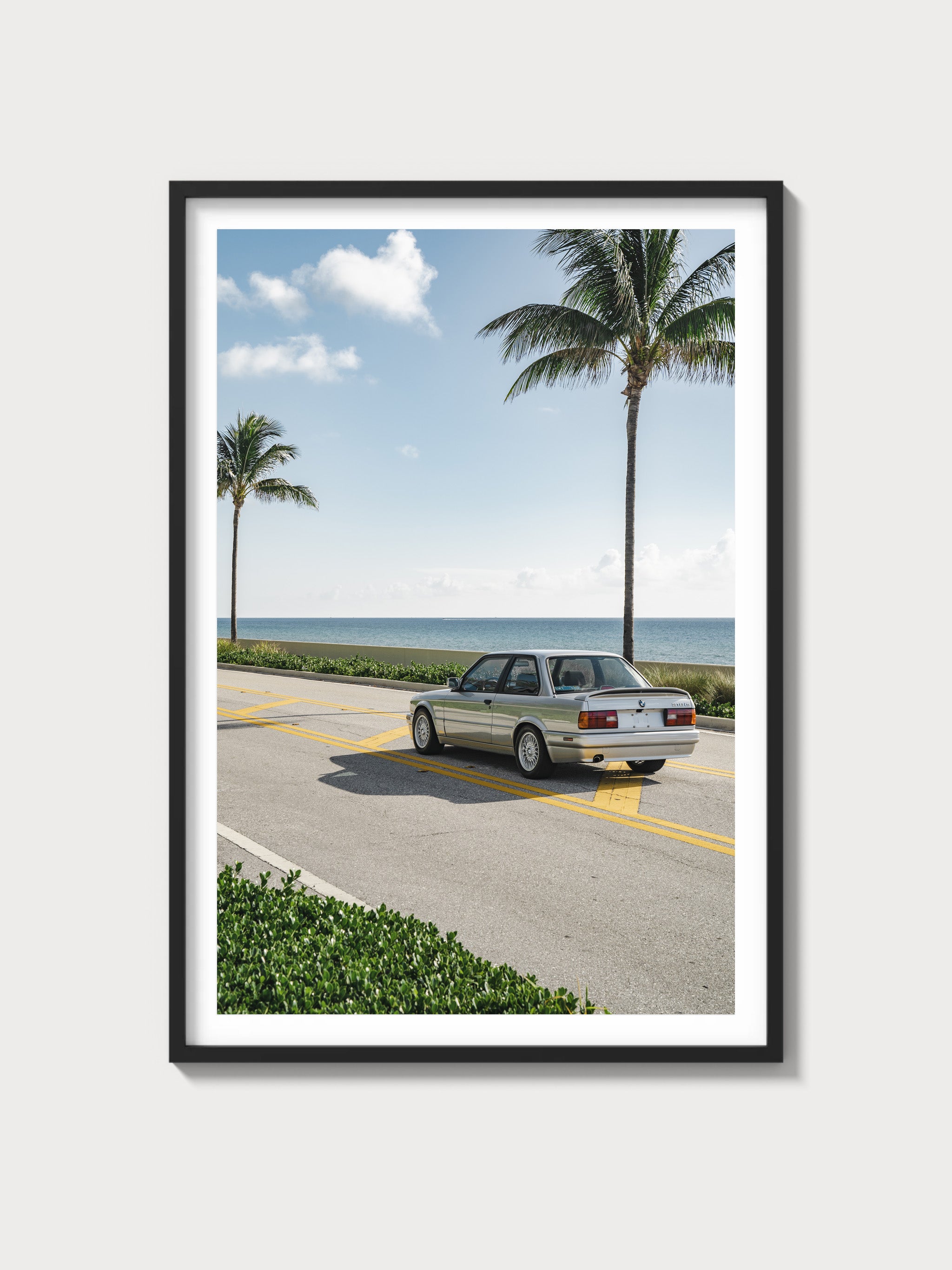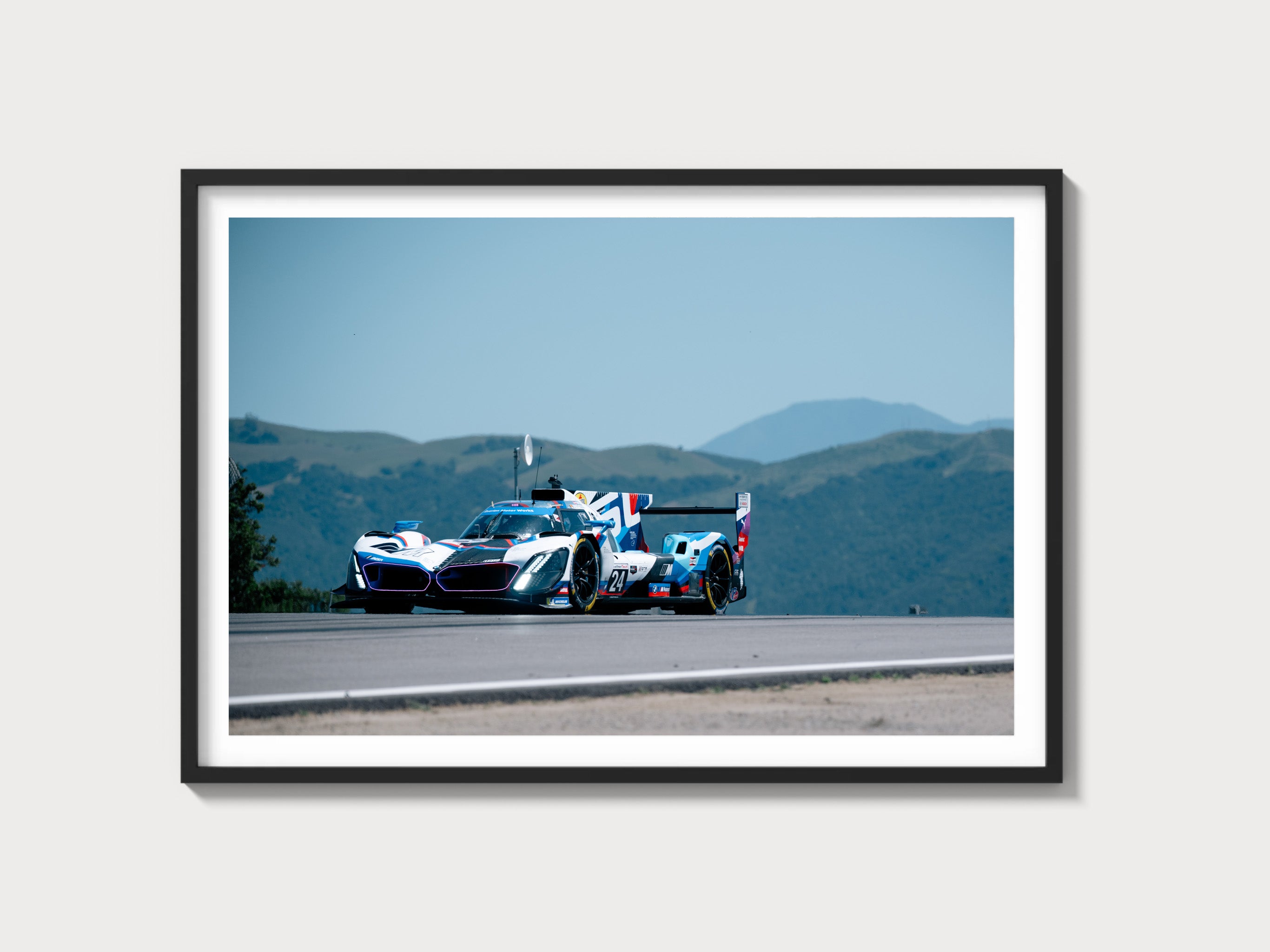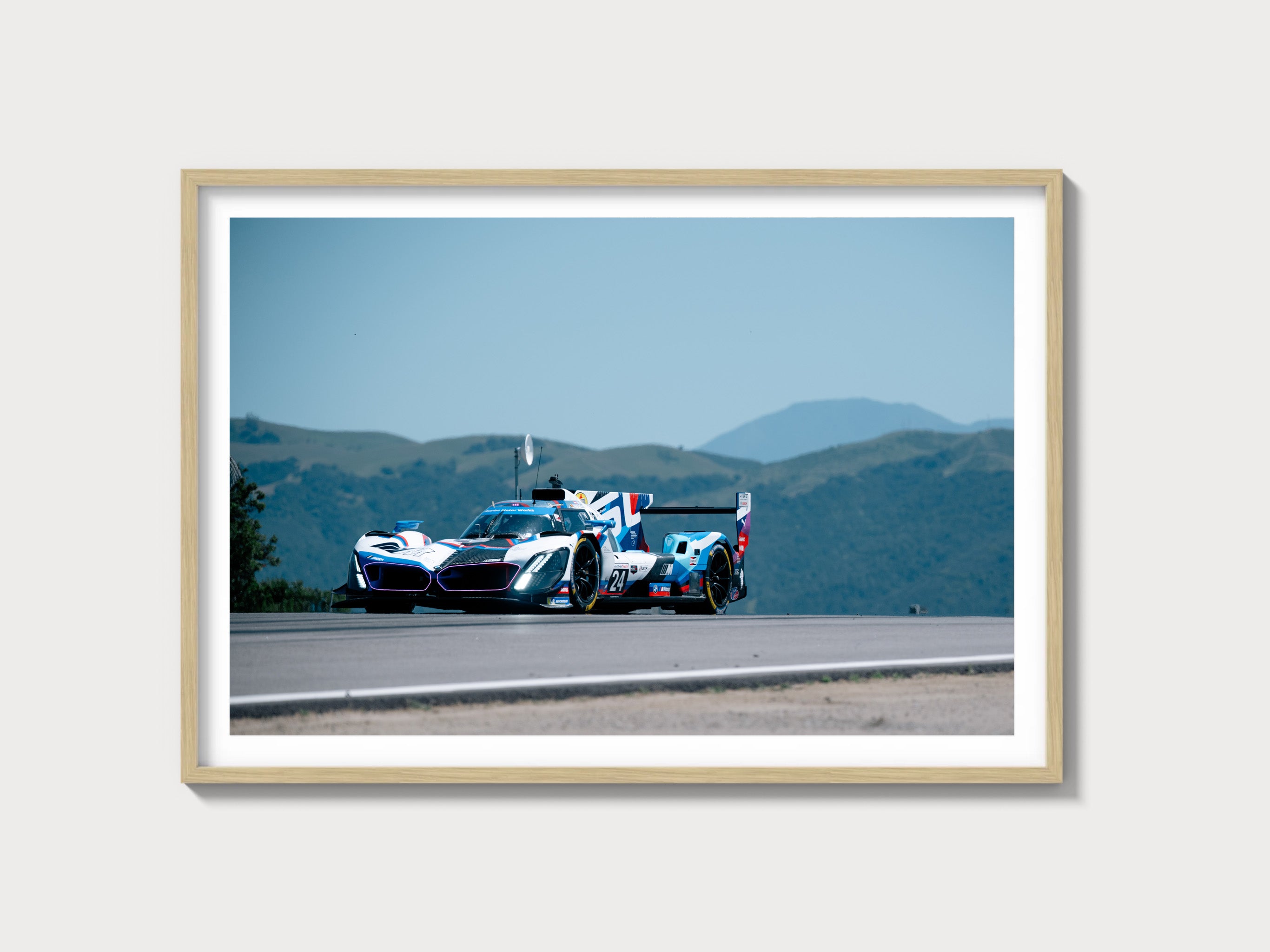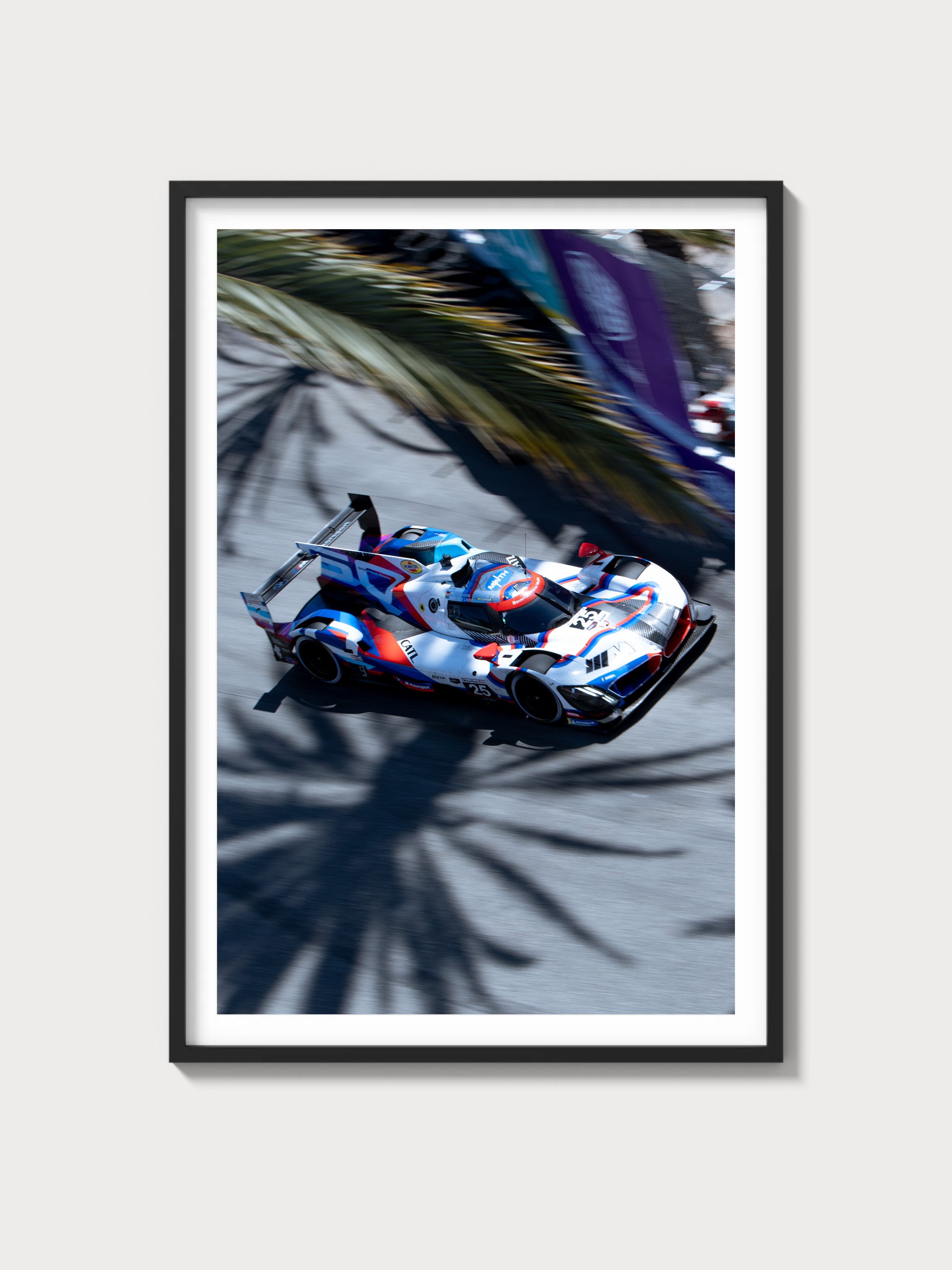Ferrari 365 GTC/4: The Definitive History, Specs, and Legacy
Introduction: Ferrari’s Refined Daytona Variant
In the illustrious lineage of Ferrari’s grand tourers, the 365 GTC/4, introduced in 1971, emerges as a refined evolution—a luxurious two-door coupe that blended the 365 GTB/4 "Daytona"’s performance with enhanced comfort and practicality. Powered by a 4.4-liter Colombo V12, this model saw 507 units crafted by Pininfarina, offering a subtle yet significant departure from its Daytona sibling. Often overshadowed by its predecessor, it carved a niche as a sophisticated GT for discerning enthusiasts.
The year 1971 marked a period of transition for Ferrari, its racing triumphs—250 GTO, Dino 246 GT—complementing road car innovation. Unveiled at the 1971 Geneva Motor Show, the 365 GTC/4 captivated with its understated elegance. This exhaustive history, penned with a Ferrari historian’s precision, explores its technical sophistication, its distinctive styling, its subtle racing ties, and its lasting legacy.
Historical Context: Ferrari’s GT Refinement
The Ferrari 365 GTC/4 emerged during a dynamic era for Maranello. By 1971, Ferrari’s racing pedigree—365 GT 2+2’s luxury, Daytona’s speed—had solidified its global stature, yet Enzo sought to diversify the GT lineup. The 365 GTB/4 "Daytona"’s raw performance thrilled enthusiasts, but its spartan nature left room for a more refined variant. The 365 GTC/4, built on the Daytona chassis with added luxury and a 2+2 layout, answered, targeting buyers seeking comfort without sacrificing Ferrari’s spirit.
A total of 507 units were built (1971-1972)—all Pininfarina coupes with a subtle 2+2 configuration. Chassis 14177, the prototype, debuted at Geneva in March 1971, its sleek form a testament to Pininfarina’s artistry. This was a car for affluent connoisseurs—European elites, American executives—its limited run reflecting Ferrari’s balance of exclusivity and production amid Italy’s early-1970s economic landscape.
The broader context of 1971 shaped its purpose. Europe’s GT market flourished—Lamborghini Miura, Porsche 911—while America’s emissions regulations tightened. The 365 GTC/4 bridged Ferrari’s racing heritage, rooted in the 275 GTB, with a luxurious road-going experience, adapting to a changing world.
Technical Specifications: The Daytona’s Refined V12
The Ferrari 365 GTC/4’s core was its 4.4-liter Colombo V12—a refined version of the Daytona’s engine, tuned for grand touring. Below, we dissect its engineering with historian’s detail.
Engine: Colombo’s 4.4-Liter Elegance
Displacing 4,390 cc (bore 81 mm, stroke 71 mm), the GTC/4’s V12 matched the Daytona’s specs but featured tweaks for smoother delivery. With a single overhead camshaft per bank, an 8.8:1 compression ratio, and six Weber 38 DCOE carburetors (downsized from the Daytona’s 40 DFI/5), it produced 340 horsepower at 7,000 rpm—12 hp less than the Daytona’s European spec but with enhanced refinement. The aluminum block and heads, wet-sump lubrication, and 60-degree V-angle weighed 315 lbs, delivering 310 lb-ft of torque at 5,000 rpm.
This engine was a grand touring jewel. Chassis 14933, a 1971 model, showcased its seamless power, prioritizing comfort over the Daytona’s raw edge.
Performance: Polished Speed
The 365 GTC/4 reached 162 mph (260 km/h)—verified by Motor’s 1972 test—trailing the Daytona’s 174 mph due to its heavier build and milder tune, with a 0-60 mph time of ~6.2 seconds. Its power-to-weight ratio (234 hp/ton) lagged behind the Daytona (260 hp/ton) but excelled among luxury GTs.
Chassis and Suspension: Enhanced Comfort
The chassis was a tubular steel ladder frame, weighing 1,450 kg (3,197 lbs)—100 kg heavier than the Daytona due to its 2+2 layout and added luxury. Its 2,510 mm wheelbase (110 mm longer than the Daytona) offered rear seating, with independent front suspension (double wishbones, coil springs) and a live rear axle with semi-elliptic leaf springs, softened for a plush ride.
Transmission and Brakes: Smooth Dynamics
A 5-speed manual gearbox—synchronized, front-mounted—drove the rear wheels, its ratios (1st: 2.58, 5th: 0.94) favoring cruising. Braking relied on 14-inch Dunlop disc brakes, delivering 0.9g deceleration—adequate for its GT focus.
| Specification | Details |
|---|---|
| Engine | 4.4L V12, 340 hp @ 7,000 rpm |
| Displacement | 4,390 cc (81 mm x 71 mm) |
| Top Speed | ~162 mph (260 km/h) |
| 0-60 mph | ~6.2 seconds |
| Weight | 1,450 kg (3,197 lbs) |
| Transmission | 5-speed manual |
| Suspension (Front) | Double wishbone, coil springs |
| Suspension (Rear) | Live axle, semi-elliptic leaf springs |
| Brakes | Hydraulic discs, 14-inch |
Design and Styling: Pininfarina’s Subtle Evolution
The Ferrari 365 GTC/4’s aesthetic was a refined take on the Daytona, crafted by Pininfarina.
Exterior: Understated Elegance
Pininfarina built all 507 units—chassis 14177 featured a softer grille, fixed headlights (replacing the Daytona’s pop-ups), and a higher roofline, finished in Grigio Ferro. Its 2,510 mm wheelbase and steel body (with aluminum hoods) offered a more subdued yet sophisticated profile.
Interior: Luxurious Retreat
The cabin was a plush haven: leather seats (black or tan) with nominal rear space, a wood-rimmed steering wheel, and Veglia gauges—tachometer (7,500 rpm redline), speedometer, oil pressure. Chassis 14933’s walnut trim and air conditioning elevated it beyond the Daytona, blending sportiness with comfort.
Production and Variants: A Brief Run
The Ferrari 365 GTC/4’s 507-unit run (1971-1972) was a short-lived triumph—all Pininfarina coupes, with no major variants beyond trim options. Chassis 14177 launched the series, while 16255 closed it, transitioning to the 365 GT4 2+2. Its focus remained road luxury—no racing versions emerged.
Performance and Racing Legacy: A Tourer’s Quiet Power
The Ferrari 365 GTC/4 racing history is virtually nonexistent, its grand touring mission paramount. Chassis 14589, tuned to 350 hp, ran the 1972 Coppa Inter-Europa, placing mid-field among privateers. Its true realm was the open road—Riviera, Route 66—where its 162 mph top speed and smooth handling excelled.
Ownership and Market Value: A Hidden Gem
The Ferrari 365 GTC/4 value reflects its rarity and understated appeal. Early owners included European collectors and U.S. enthusiasts. Today, prices range $250,000-$350,000—chassis 14177 sold for $325,000 at RM Sotheby’s 2023. Restoration costs—V12 rebuilds at $150,000—highlight its niche status.
Cultural Impact: Ferrari’s Quiet Classic
The 365 GTC/4 refined Ferrari’s Daytona platform, its V12 and Pininfarina design influencing the 365 GT4 2+2. In 1970s lore, it’s the car of subtle sophistication, a lesser-known jewel in Maranello’s crown.
Comparisons: Ferrari 365 GTC/4 vs Rivals
The Ferrari 365 GTC/4 vs Lamborghini Jarama pits 340 hp V12 against 350 hp V12—Ferrari led in refinement, Jarama in boldness. The Porsche 911 Turbo (260 hp) trailed in power but excelled in agility.
| Model | Engine | Power | Weight | Top Speed |
|---|---|---|---|---|
| Ferrari 365 GTC/4 | 4.4L V12 | 340 hp | 1,450 kg | ~162 mph |
| Lamborghini Jarama | 3.9L V12 | 350 hp | 1,540 kg | ~162 mph |
| Porsche 911 Turbo | 3.0L Flat-6 | 260 hp | 1,200 kg | ~155 mph |
Frequently Asked Questions
What was the Ferrari 365 GTC/4?
A 1971 4.4L V12 grand tourer.
How many were made?
507 units.
What engine powered it?
4,390 cc Colombo V12, 340 hp.
Did it race?
Rarely—built for touring.
What’s its value?
$250,000-$350,000.

